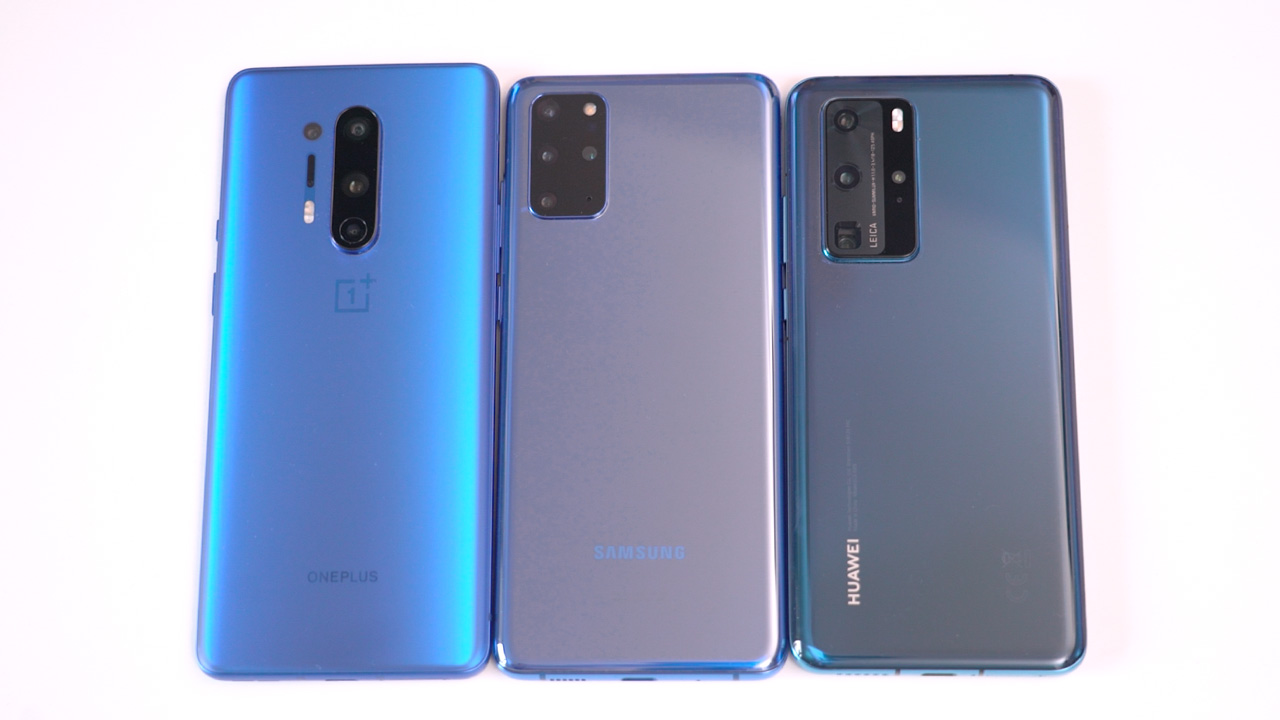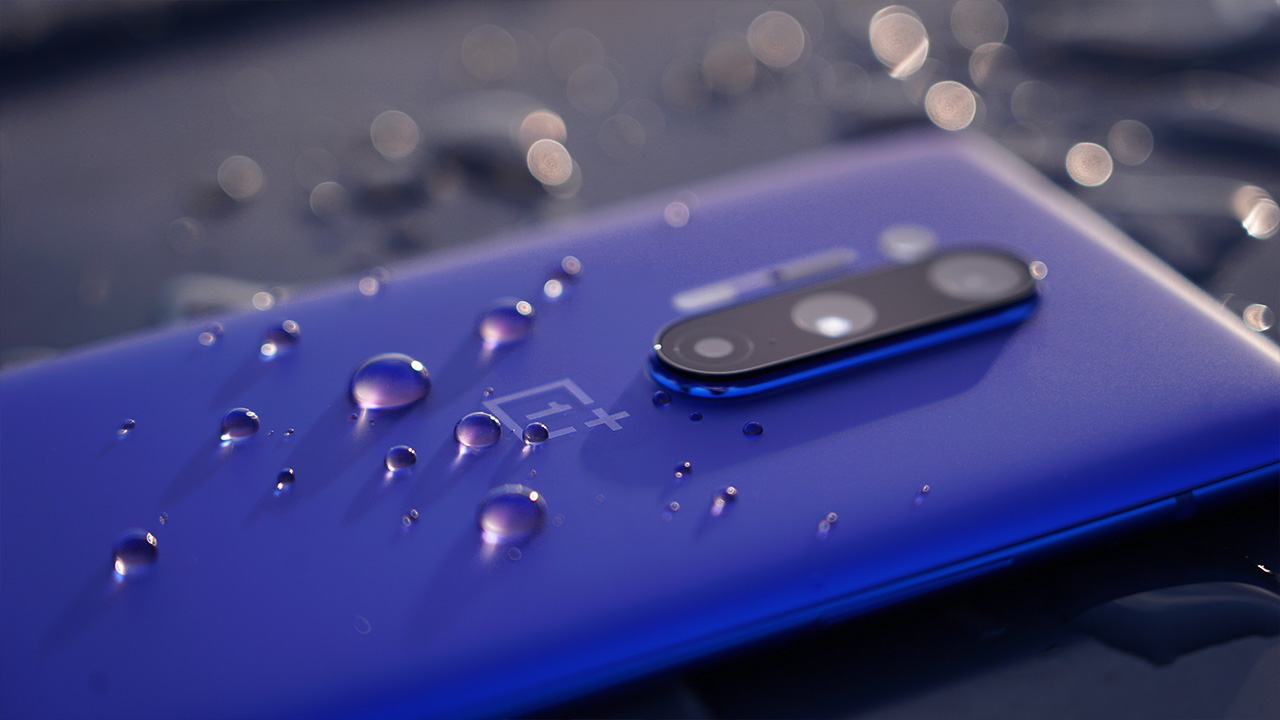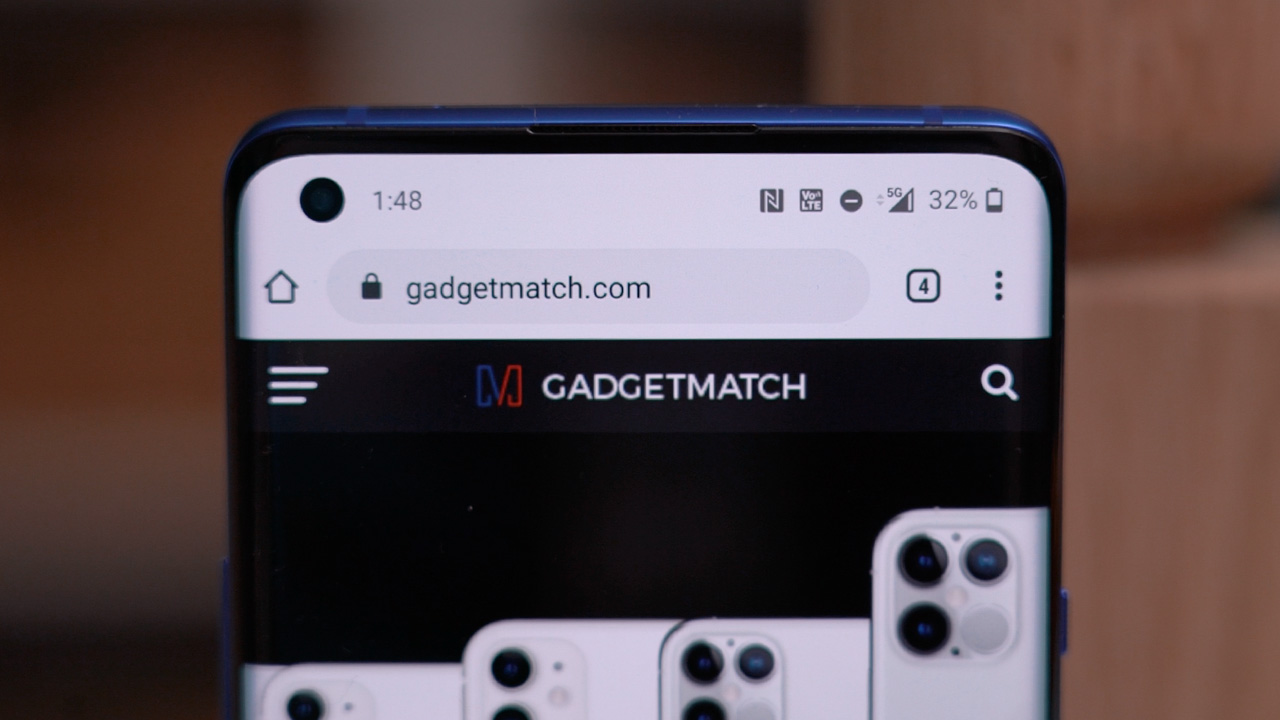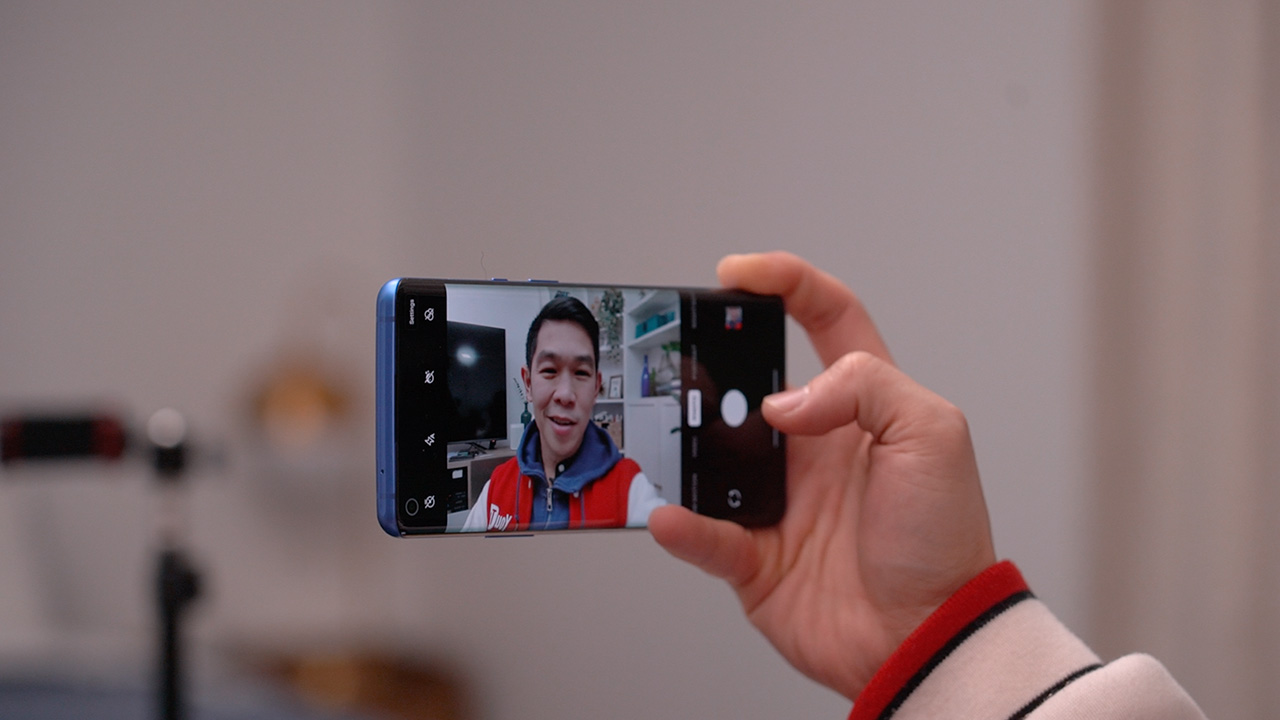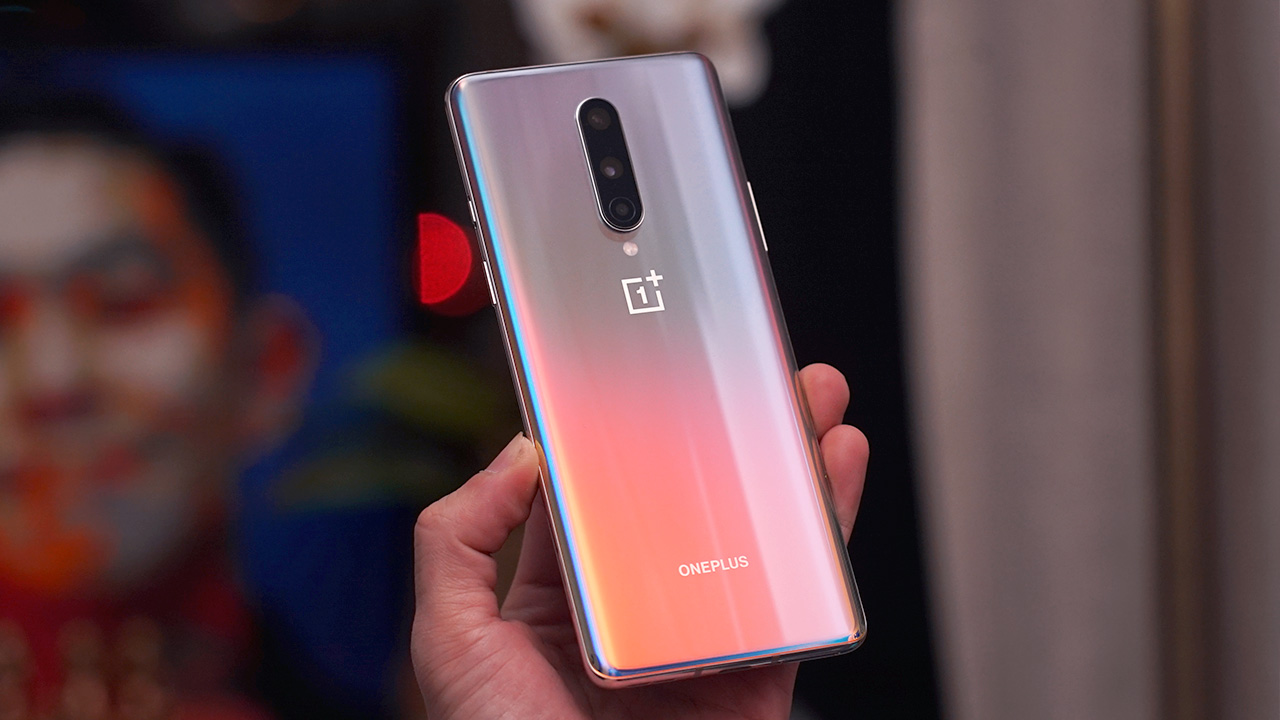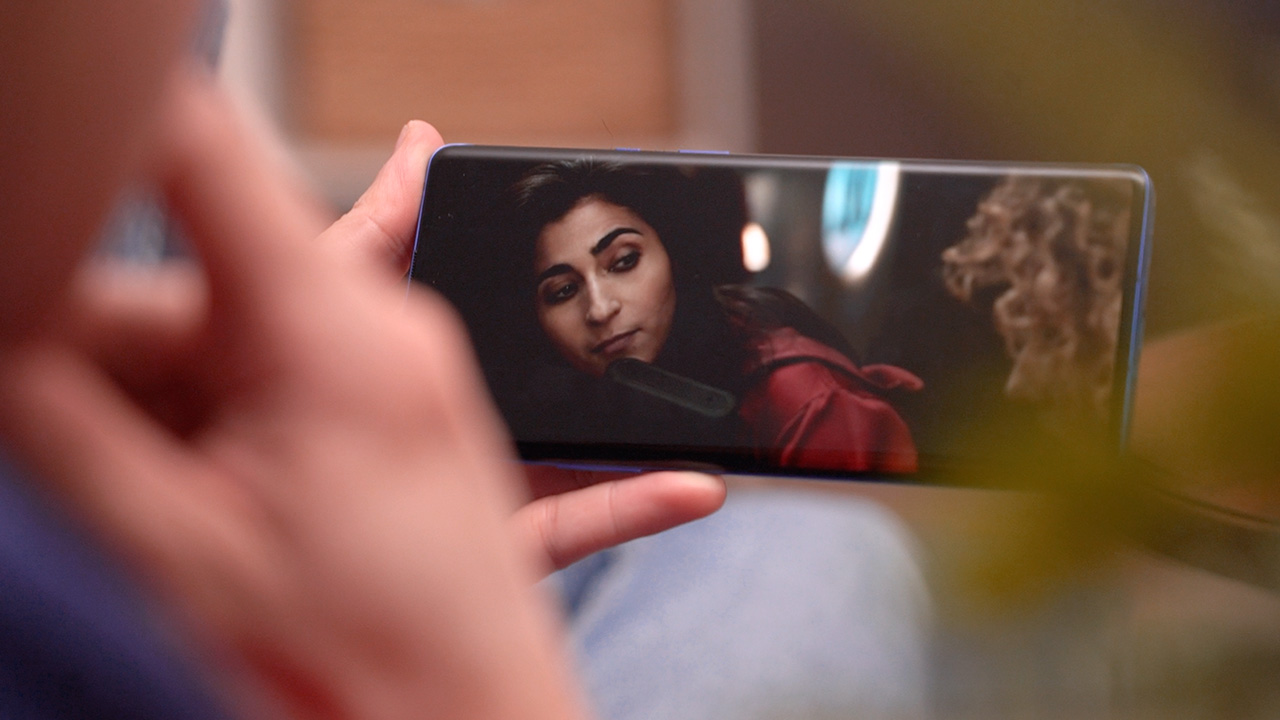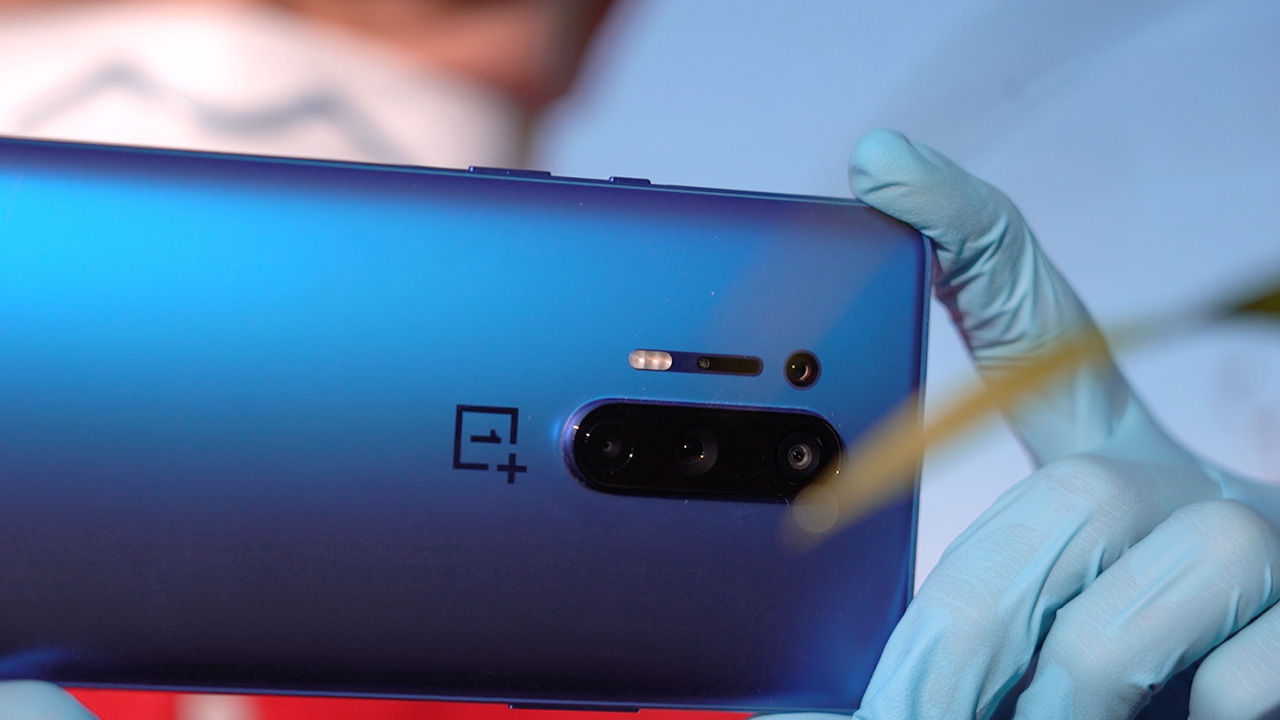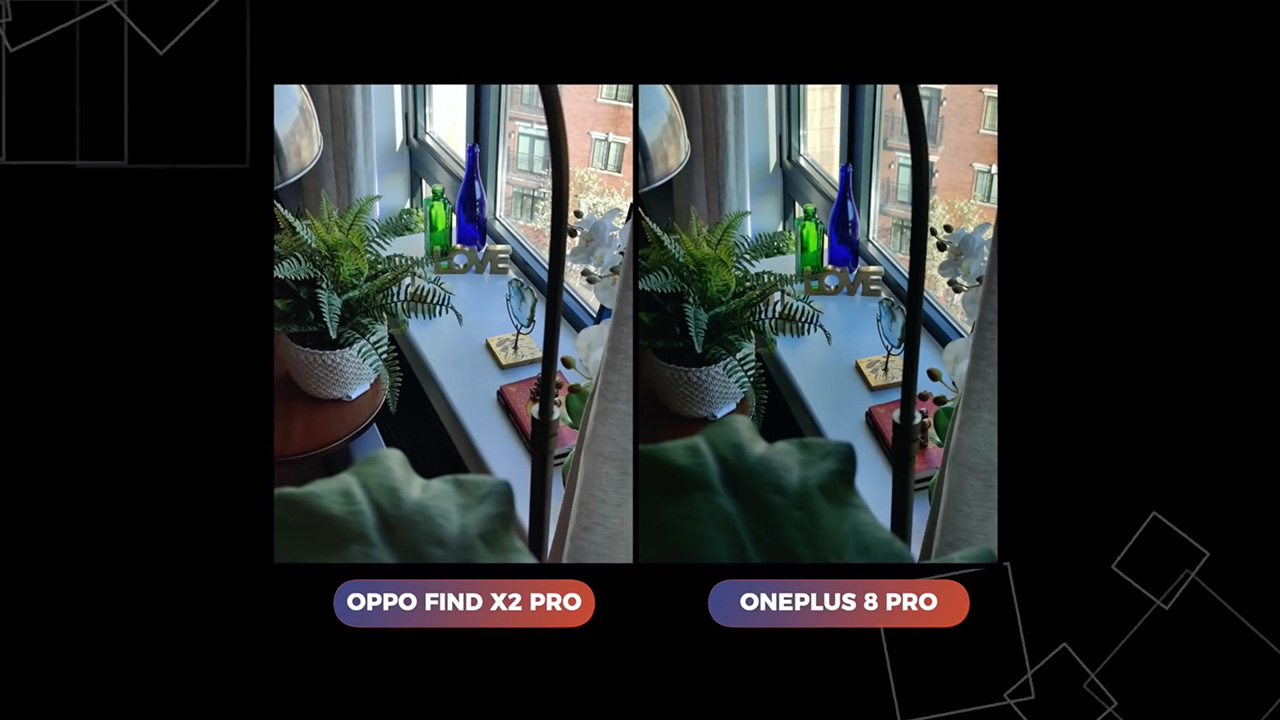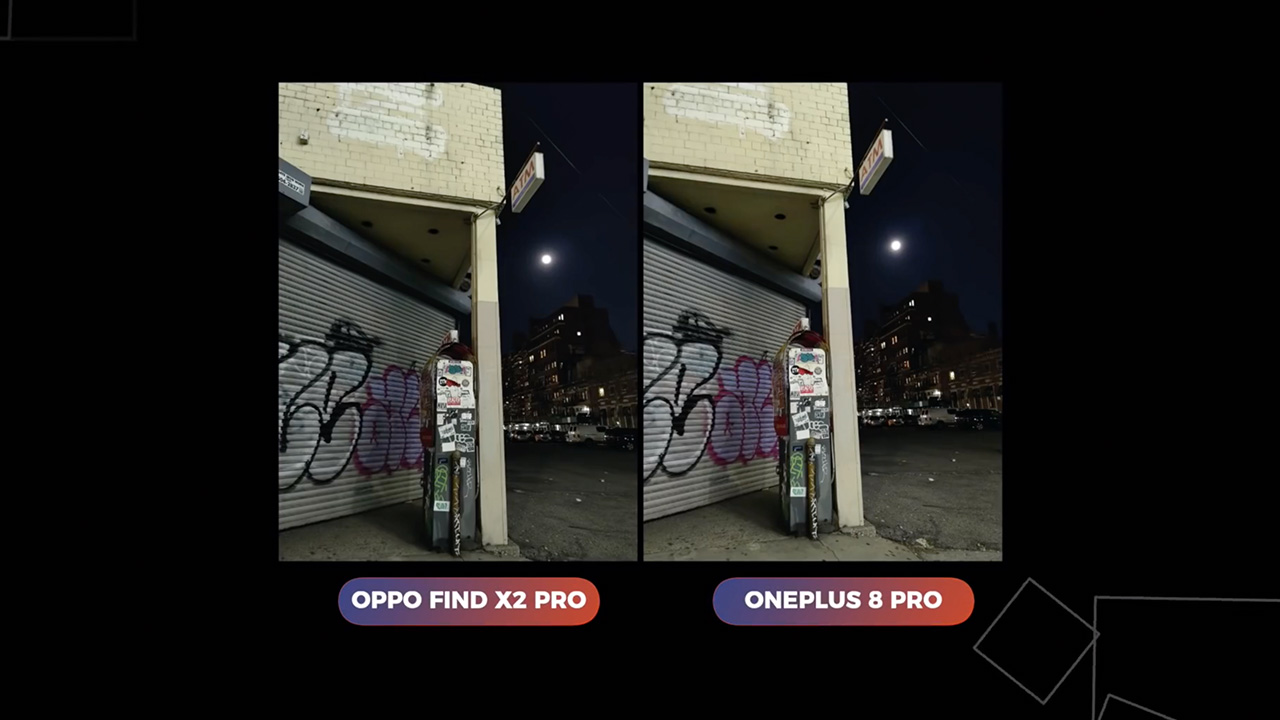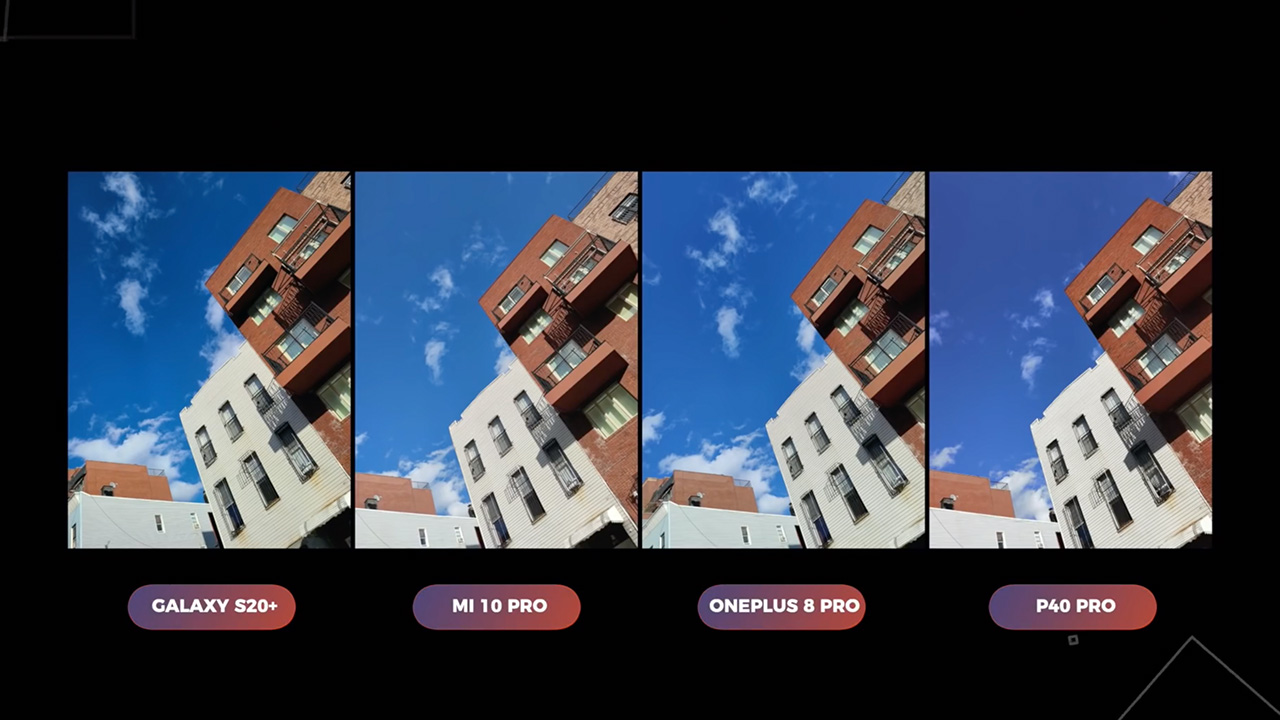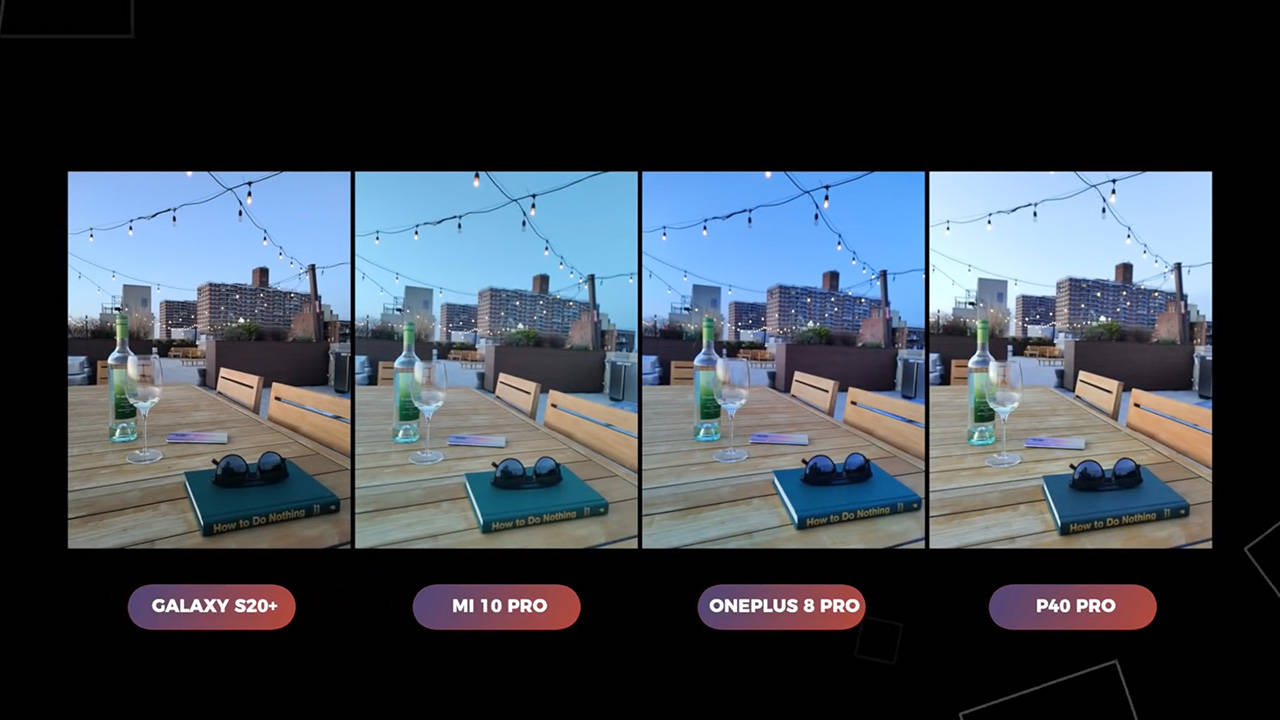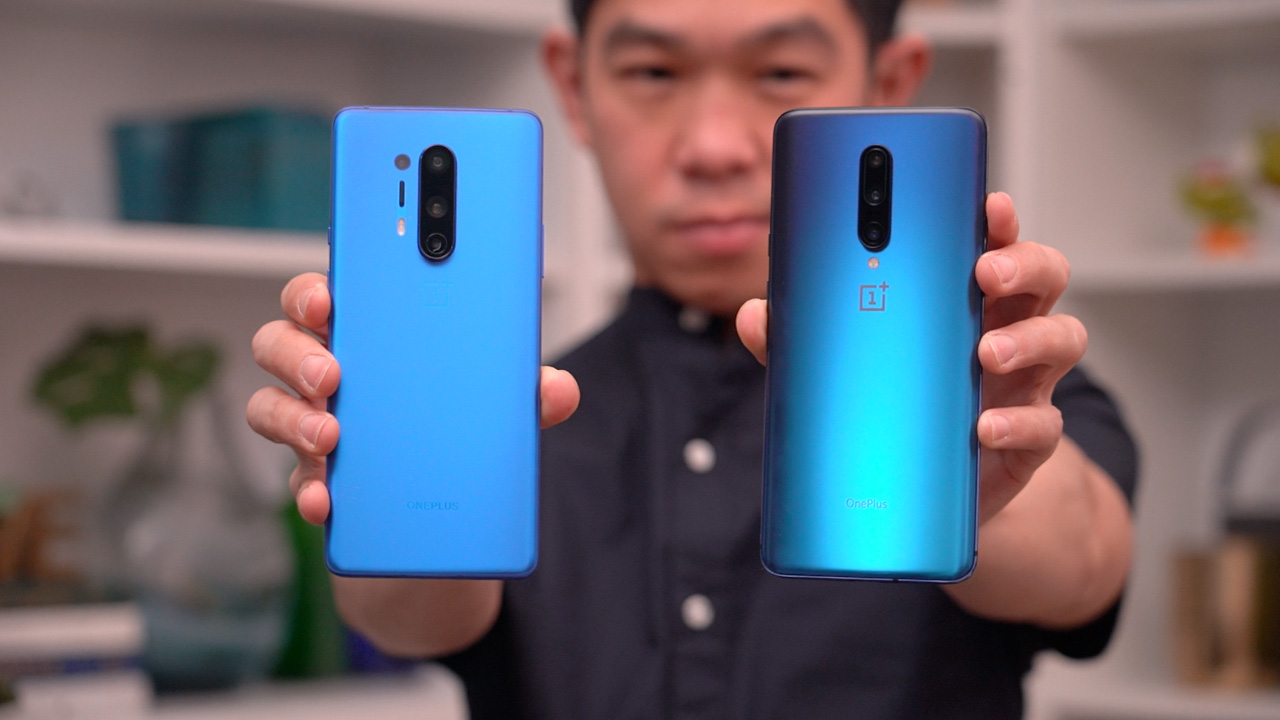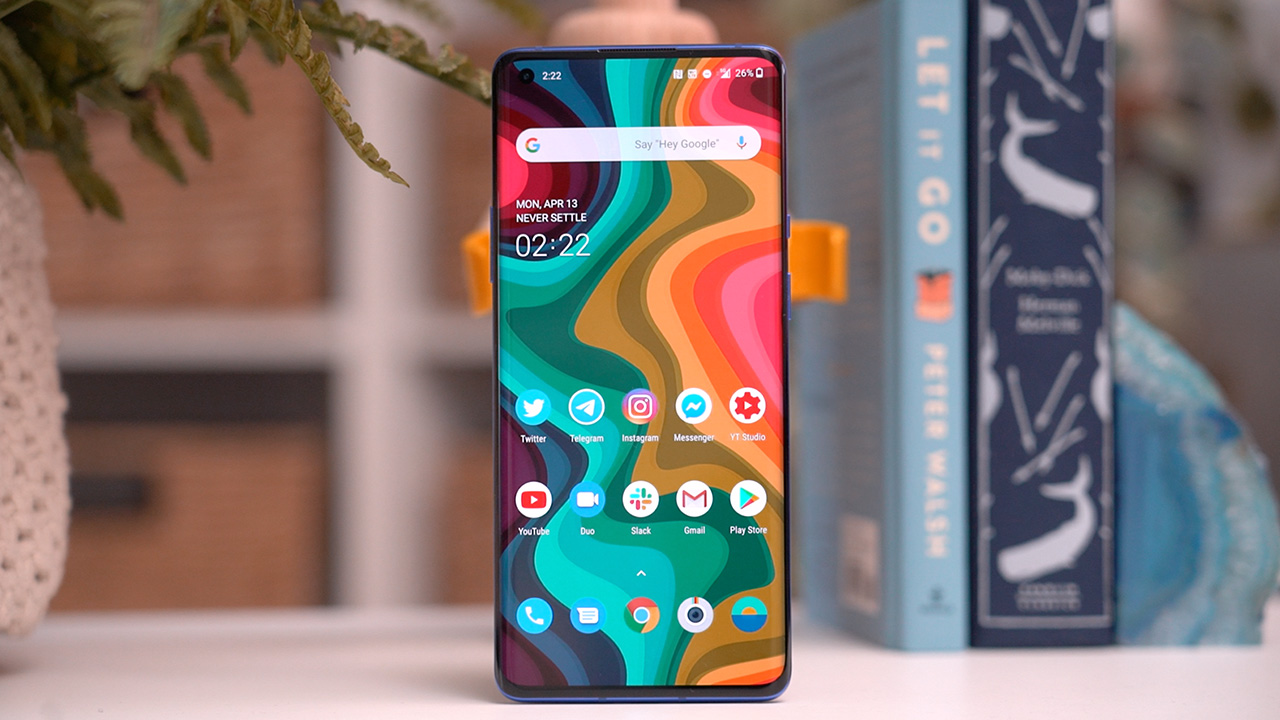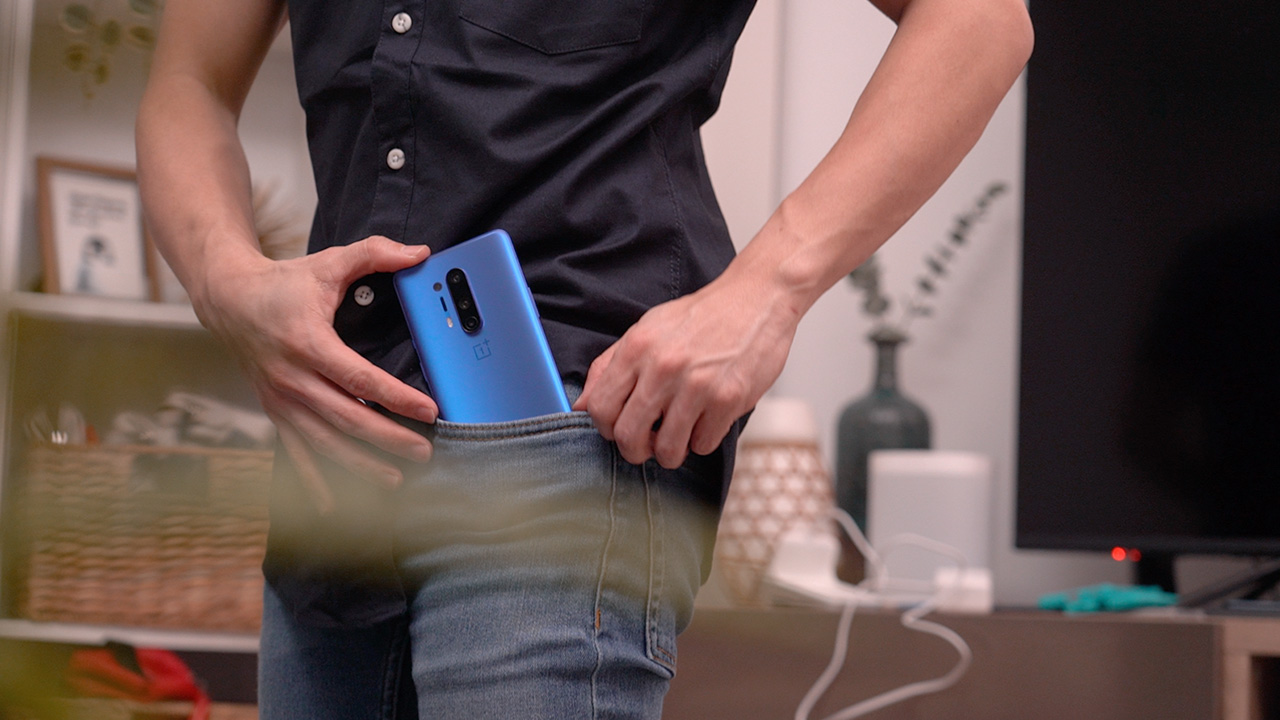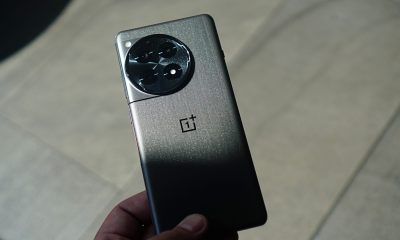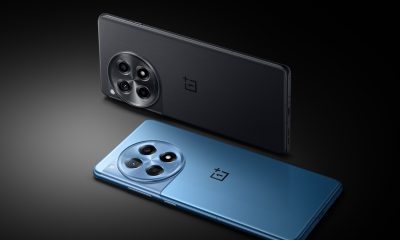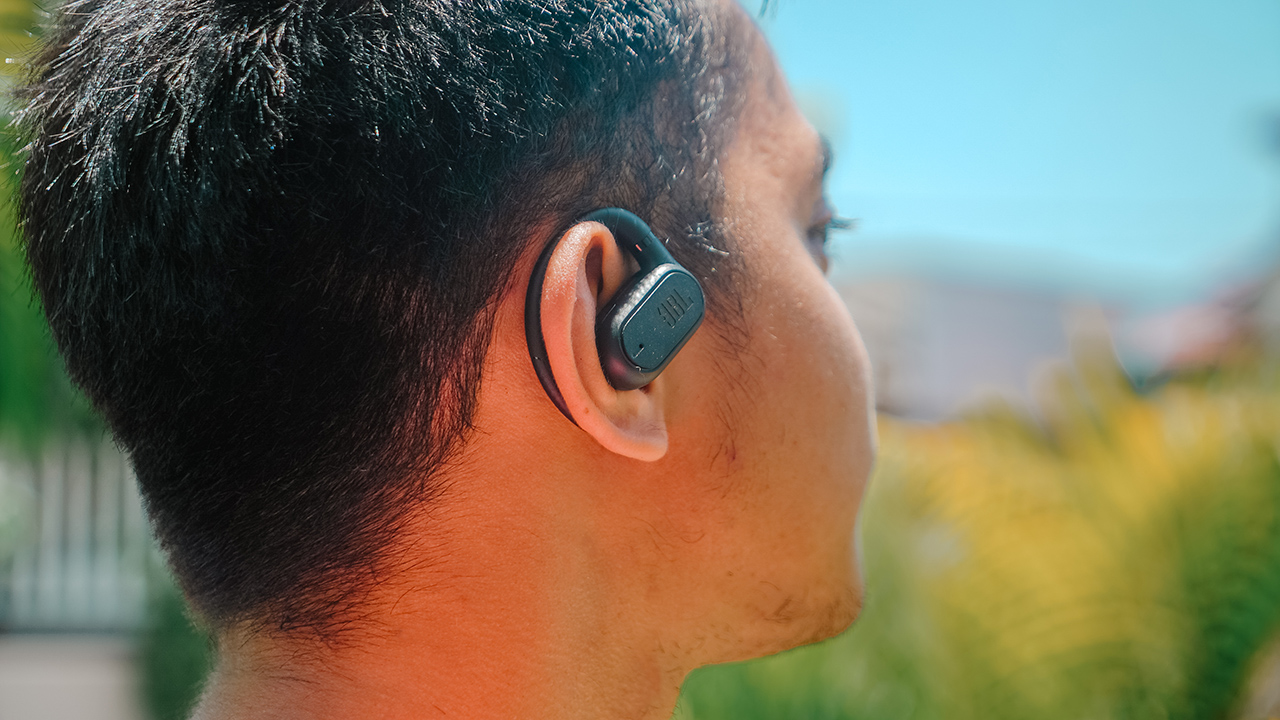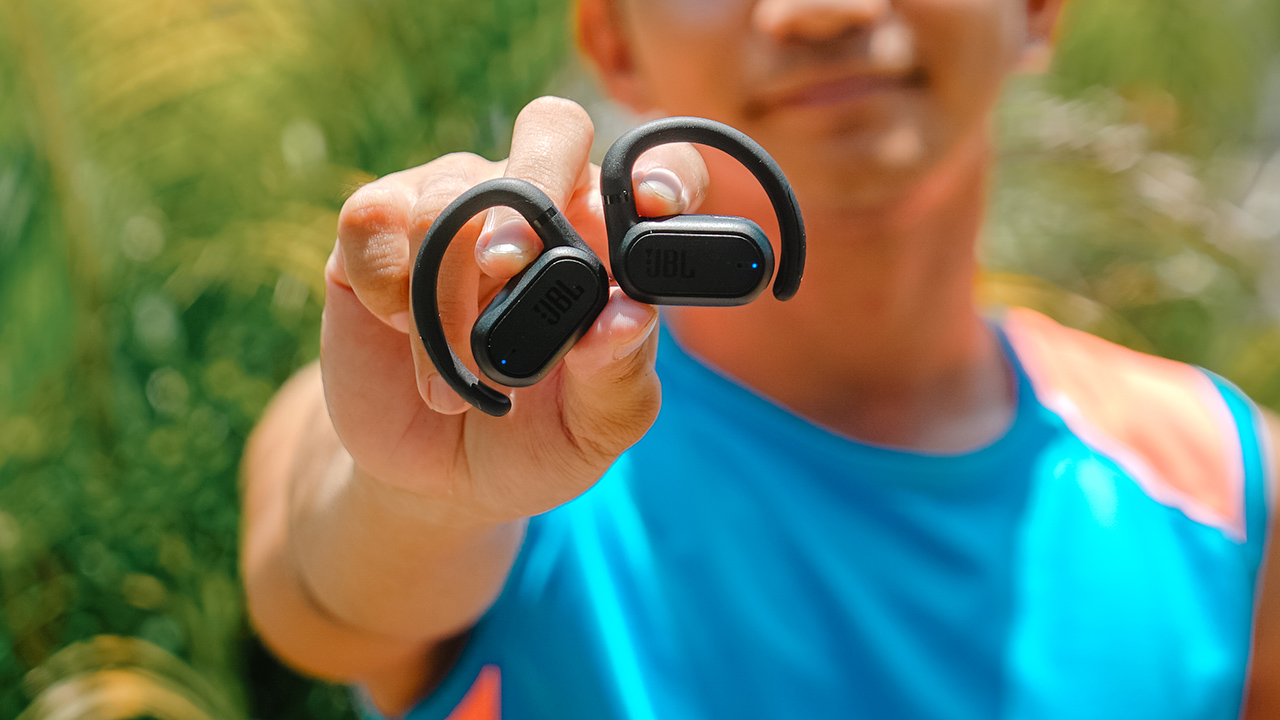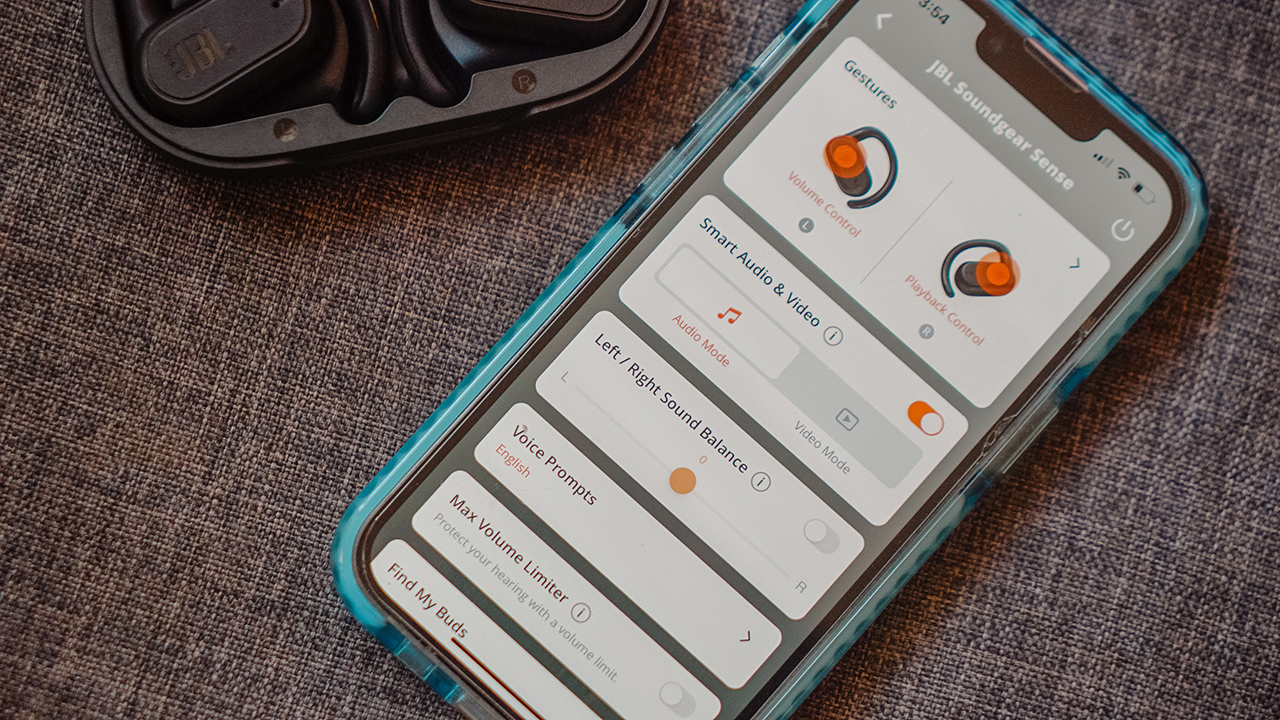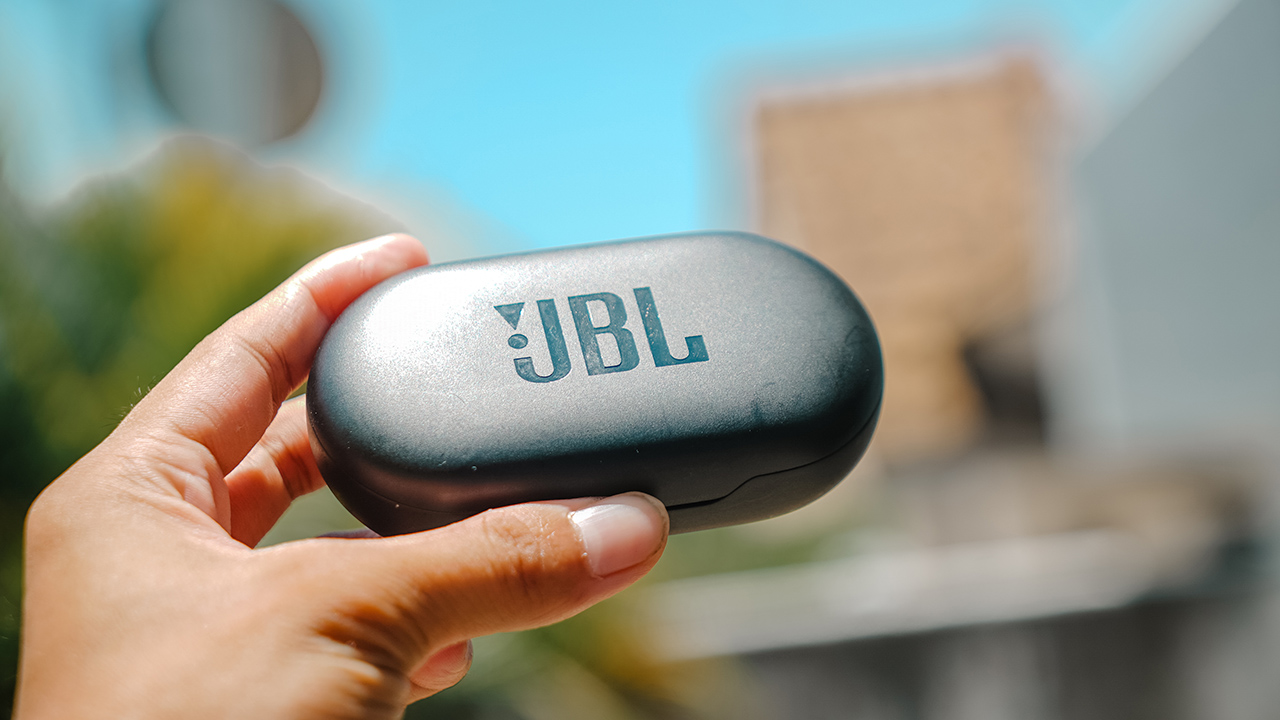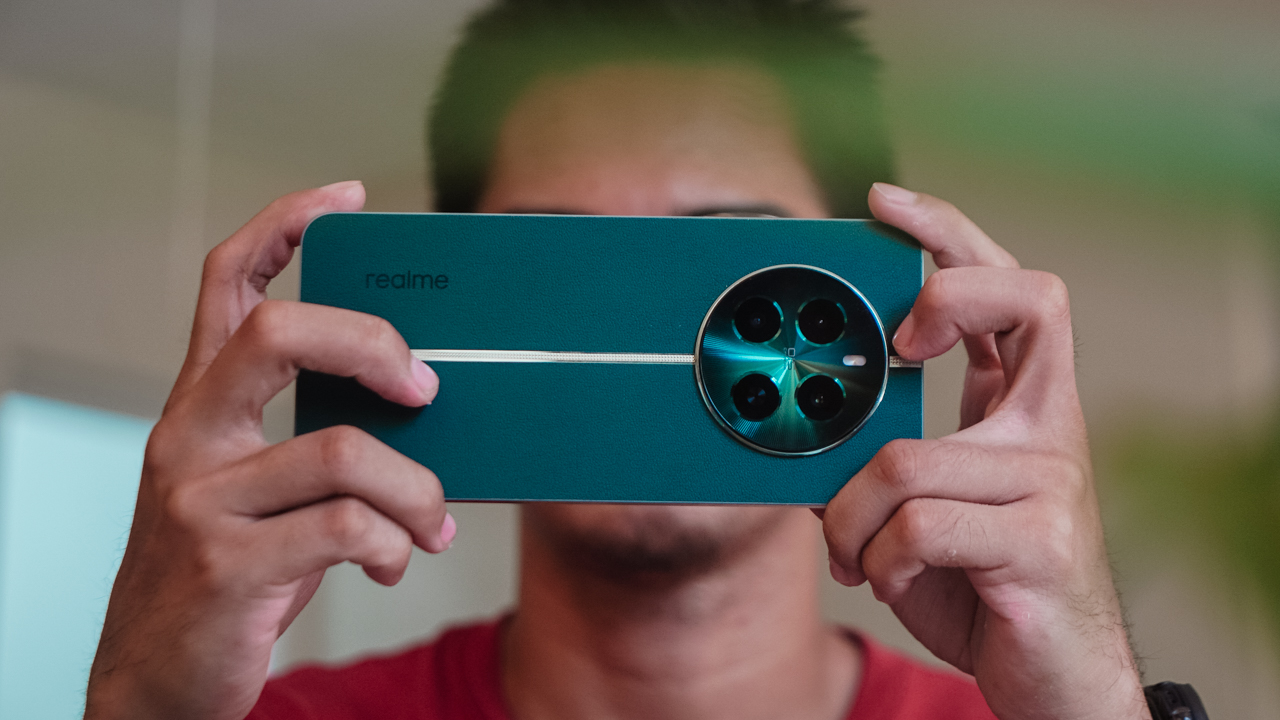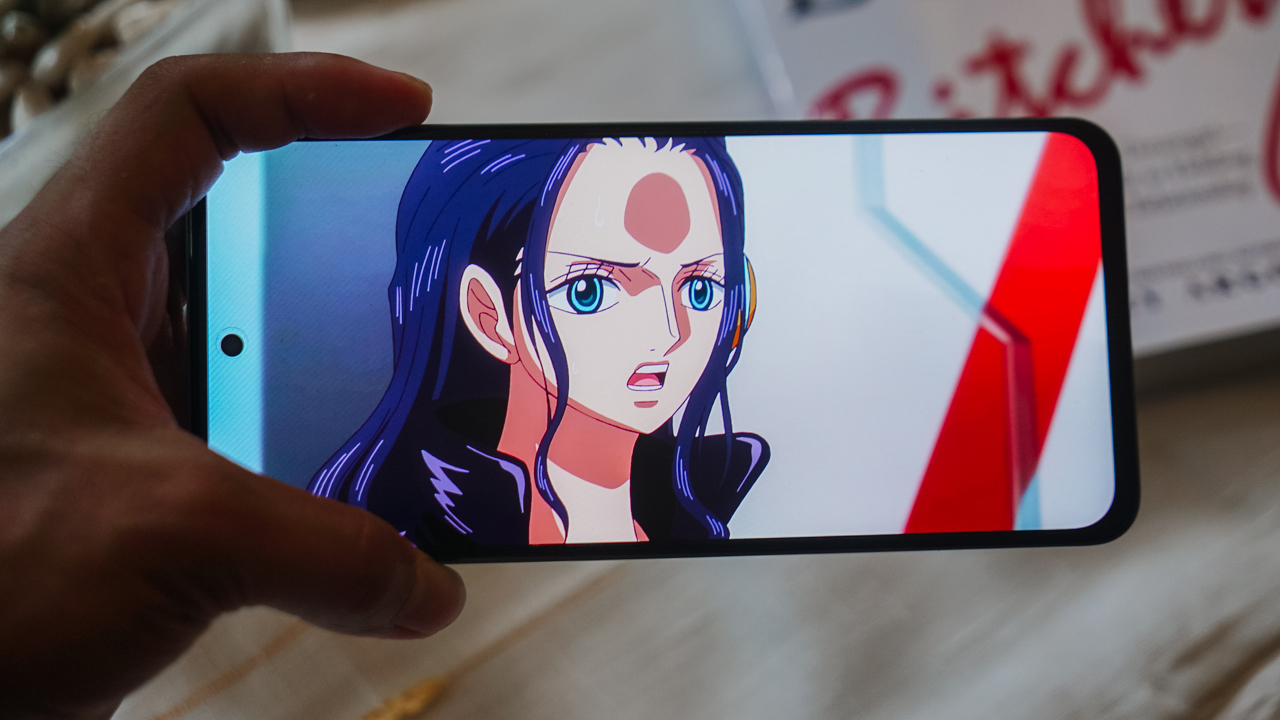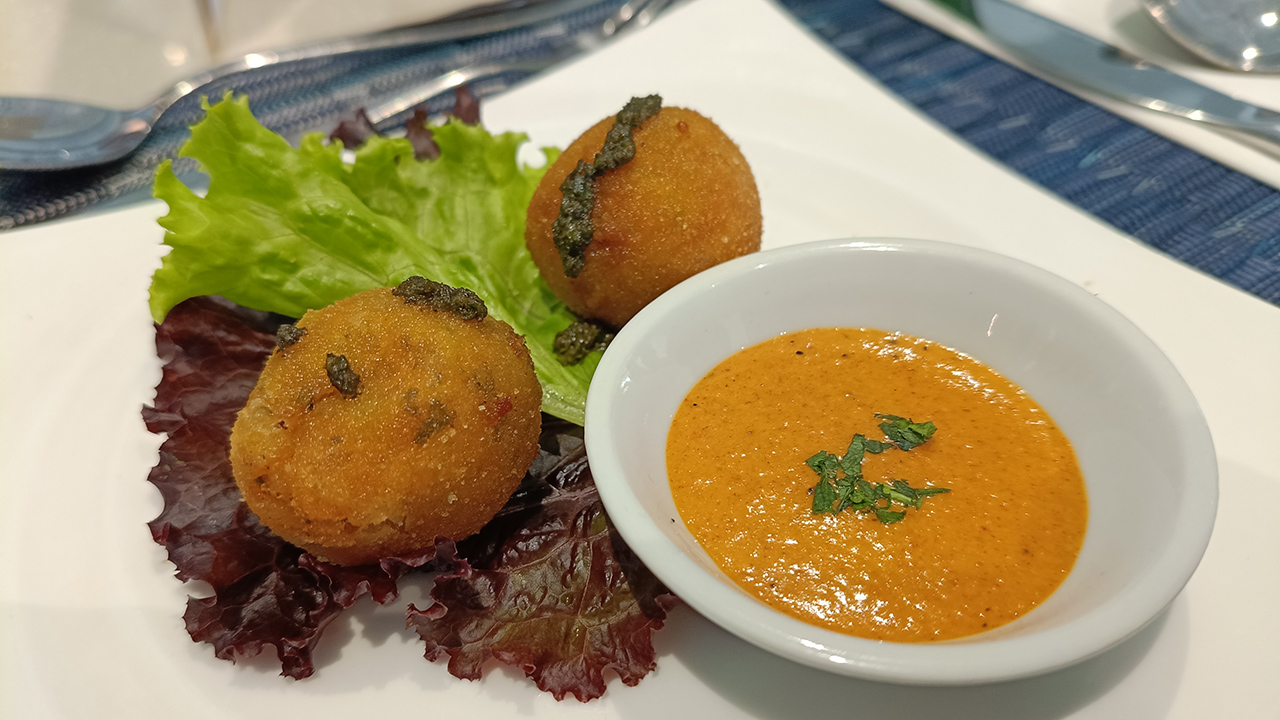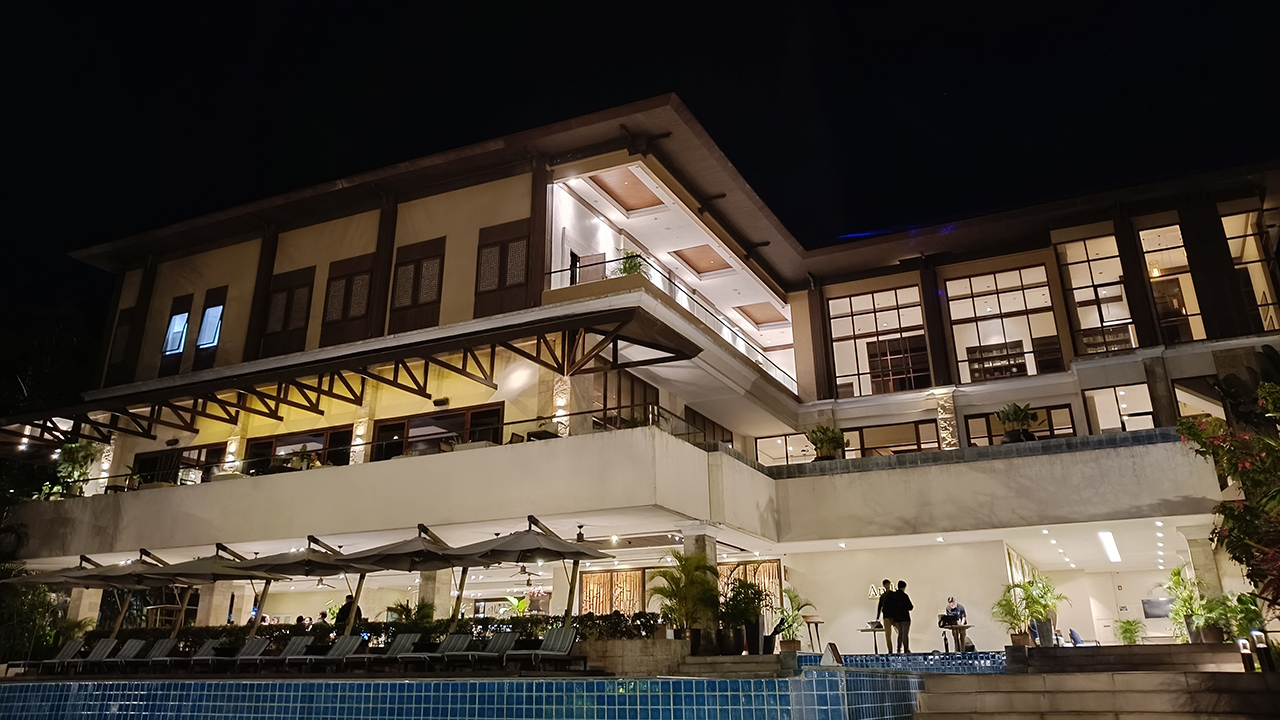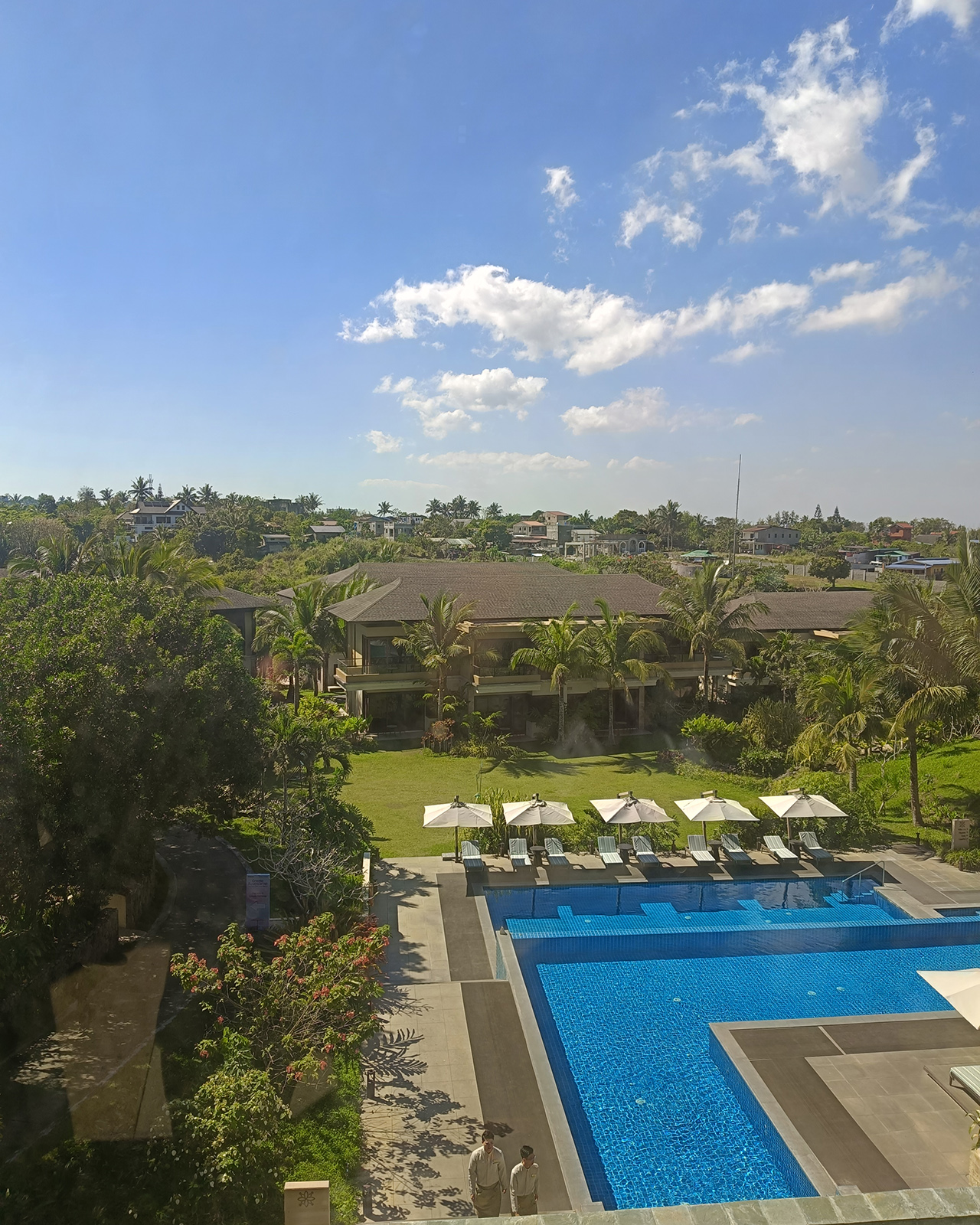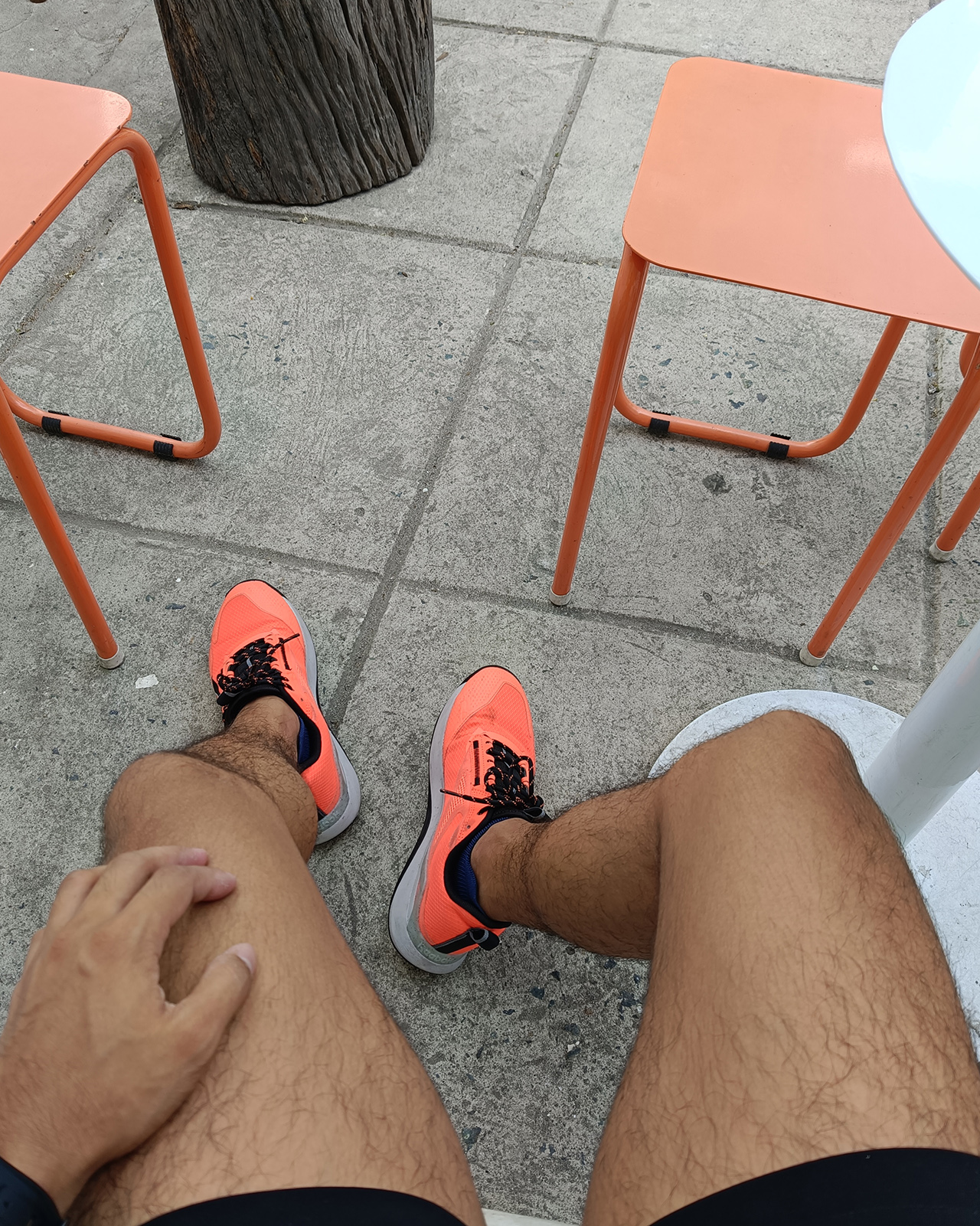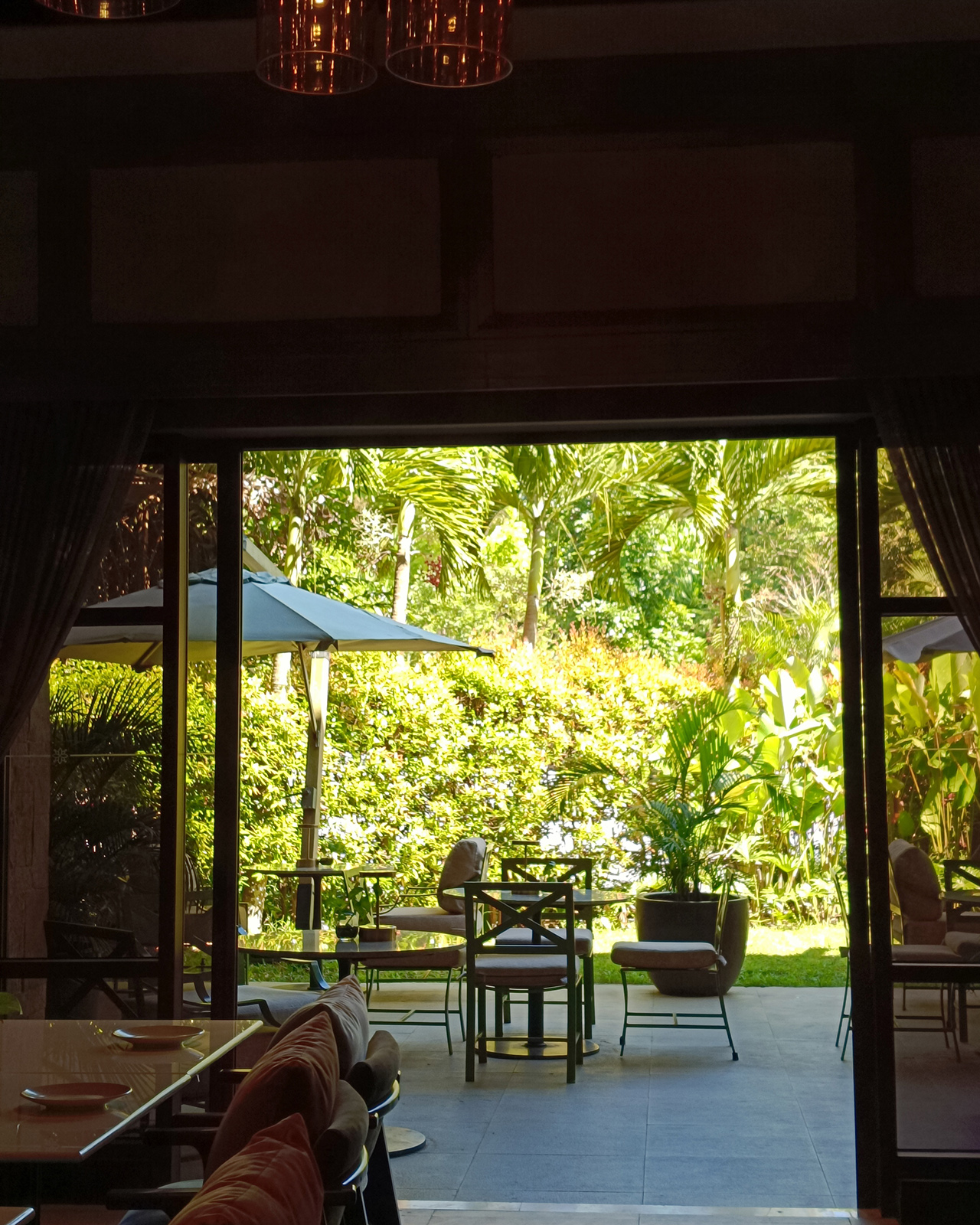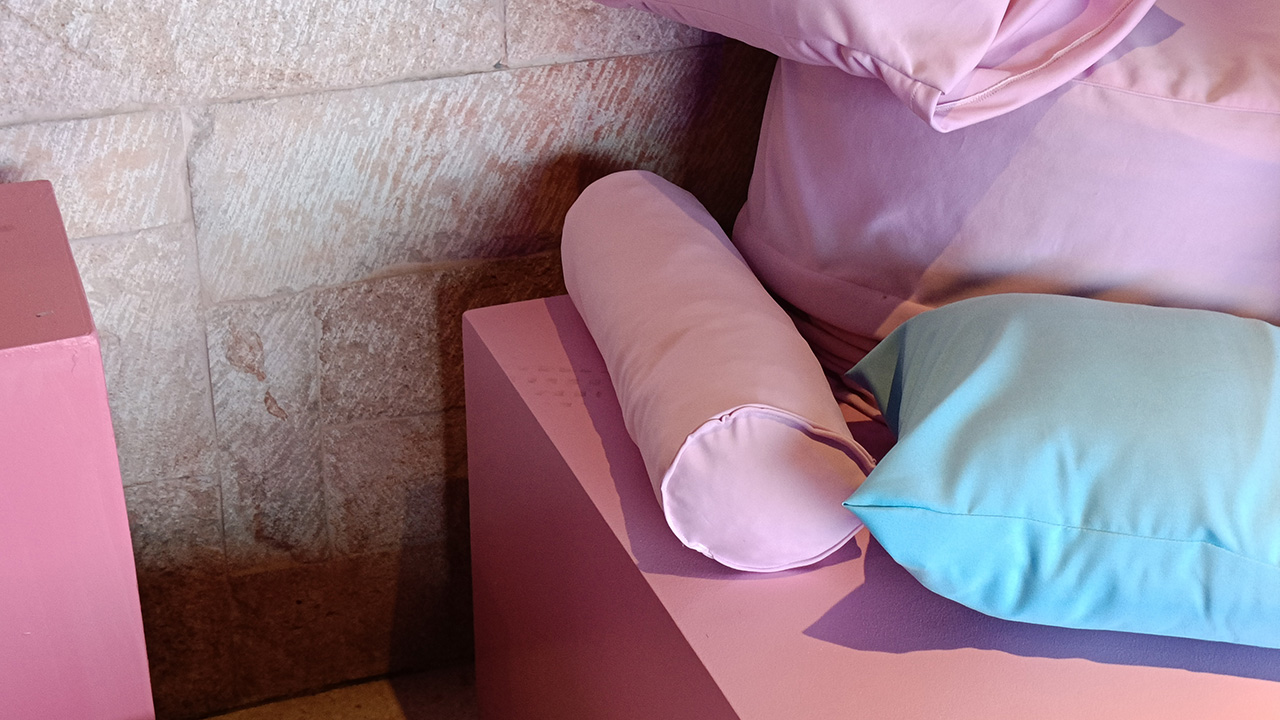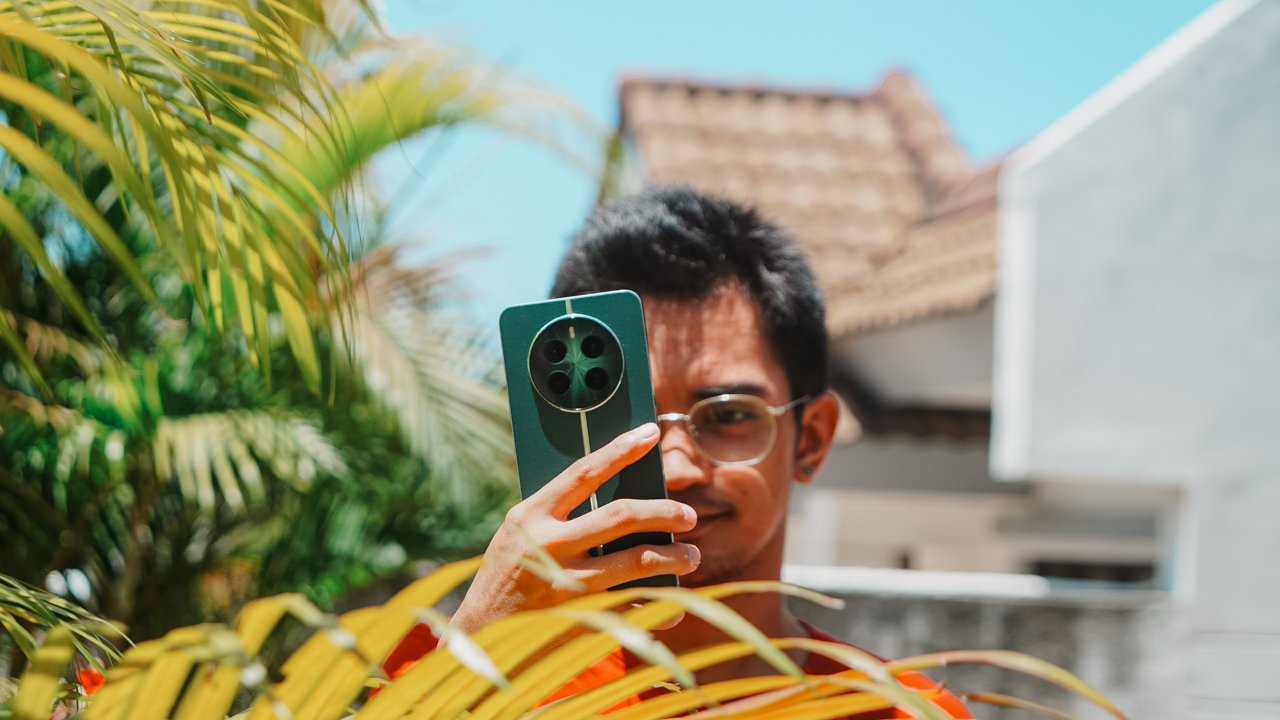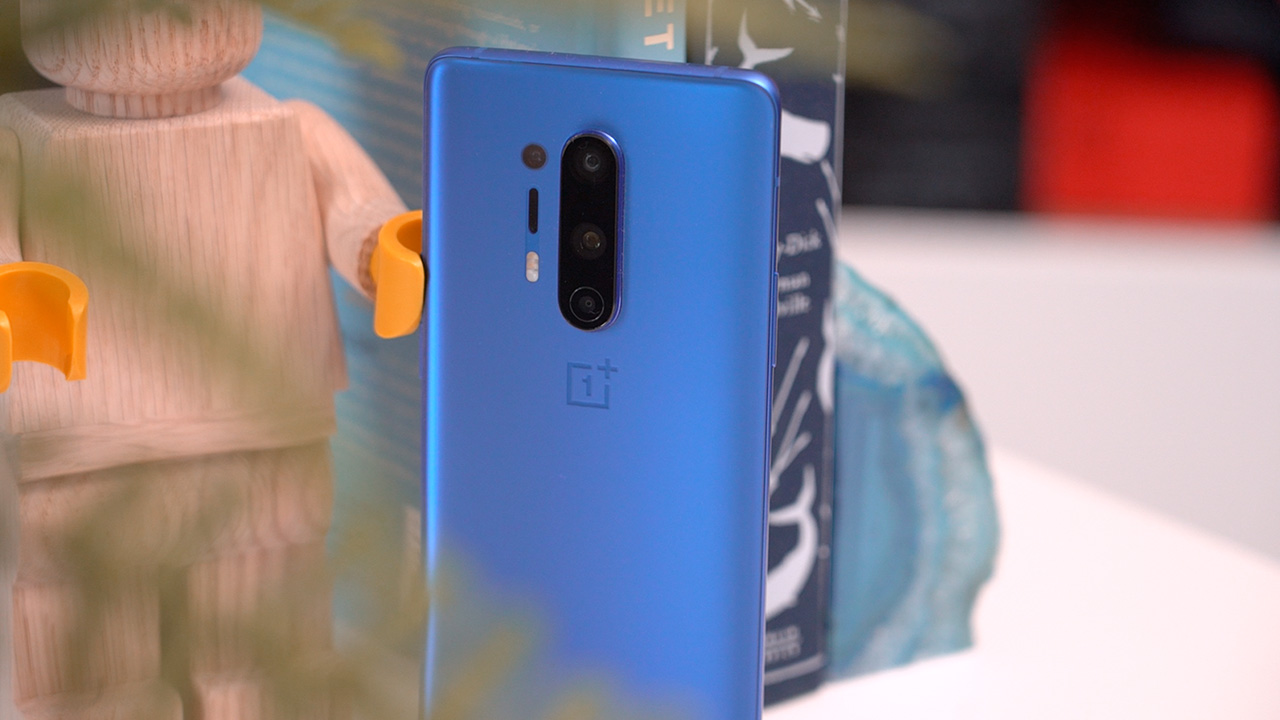

Before we dive into our review, let’s take a quick trip back in time to exactly a year ago. When the company launched the OnePlus 7 Pro — their first phone to get the pro branding — it marked a new direction for the company.
Known as the flagship killer, OnePlus sold phones with top of the line specs at a fraction of the cost of any other Android favorite. At US$ 669, the OnePlus 7 Pro was priced unlike anything that came before it.
With that pricing strategy, it was clear that OnePlus wanted to compete head to head with the likes of Apple and Samsung. While a valiant effort — particularly when it came to its superb display — there was one big area where the OnePlus 7 Pro fell short: its camera.
Don’t get me wrong, the phone took good photos, just not great, and certainly not what you’d expect from a phone at that price point. That made it a good buy, but not an easy one to recommend.
This year the new OnePlus 8 Pro is even more expensive; so the stakes are even higher and expectations greater. Is the OnePlus 8 Pro a phone I can recommend?
Premium looks
On the outside the OnePlus 8 Pro looks very similar to last year’s model — from its shape, to its curves, to the positioning of the rear camera system — except that the curves meld more into the frame so it doesn’t feel as sharp when you wrap your palms around it.
It’s a tiny bit taller, thinner, and narrower. Whatever millimeters they shaved off from its sides makes a huge difference. Last year’s phone felt big. This one is more manageable. It’s still bigger than the Samsung Galaxy S20+ and Huawei P40 Pro, which are, at least to me, the perfect size.
The button layout is the same. The physical mute switch which everyone loves is still there. Ports, antenna bands, speaker grilles are all unchanged.
The OnePlus 8 Pro also finally has official water and dust resistance rating: IP68.
The biggest design change is the removal of the pop-up selfie camera. Punch hole it is this year.
It’s not intrusive, although I would much rather have it in the middle like on the S20. I also personally would pick a punch hole over a pop up camera any day. I’m just not a fan of moving parts. I also like how there’s a white ring around the punch hole so people know where to look when taking a selfie.
The official name for this lovely finish is Ultramarine Blue — a color that’s exclusive to the Pro Series here in the US. It’s also available in Glacier Green, and for those who want something more classic there is Onyx Black.
The non-Pro OnePlus 8 has its own exclusive color in the US as well: Interstellar Glow. This has a mirror finish that picks up colors from its surroundings.
If you follow me on social media, you’d know of my affinity to the color blue so forgive me if I write a few more sentences about this lovely color.
The finish is matte satin that still glistens in the light. It isn’t much of a fingerprint magnet, and is a little bit slippery.
One con is that this finish scratches easily so you won’t want to put keys or coins in the same pocket.
It’s more royal blue with brighter tones than last year’s Nebula Blue. As Blue is the Pantone Color of the year, it’s no surprise there have been a host of blue phones this year. As a lover of all things blue, however, this has got to be my favorite out of everything I’ve seen this year.
Best display on a smartphone
One thing you’ll find on any 2020 flagship worth its salt is a display with a fast refresh rate. While 120Hz displays have been found on gaming phones long before OnePlus put one on last year’s OnePlus 7 Pro, the company deserves credit for being the first to bring them to mainstream devices.
With the OnePlus 8 Pro, it gets even better. On paper it’s the best display we’ve seen on a smartphone.
It’s got everything you could ask for in 2020, if display technology is important to you: An AMOLED panel that provides rich colors and great contrast, a level of color accuracy that Display Mate calls “visually indistinguishable from perfect,” 120Hz refresh rate at quad HD+ resolution.
Other phones like the Galaxy S20+ that offer the same refresh rate do not support higher resolutions. Gamers will love the 240Hz touch sampling rate as well. Baked into the display is a fingerprint scanner that’s fast and accurate.
What does this all mean? With Oxygen OS optimized to benefit from the 120Hz display, this phone — long known for feeling fast — feels faster than ever.
Coupled with HDR boosting and Dolby Atmos dual stereo speakers, the OnePlus 8 Pro is one heck of a content consumption device — which is a godsend during quarantine.
Really loud speakers
I quickly wanna talk about how loud these speakers actually are. I noticed it when I left a YouTube video playing in the background while I was in the shower.
Usually the water will drown out whatever it is I’m listening to — whether it’s music or a podcast on Spotify, or even a YouTube video — but not on this phone.
Best of everything
The best of everything narrative continues when you peruse its spec sheet. You name it, the phone’s got it: Snapdragon 865, X55 5G modem, Wi-Fi 6 support, 8 or 12GB of RAM with fast DDR5 memory, 128 or 256GB of storage with UFS 3.0.
While this might seem overkill, OnePlus tells us it’s all about building phones that will last several years. The goal is for the phone to still be powerful and fast enough 3-5 years down the road.
“You don’t need to pay for a feature you’re not going to be able to use most of the time.”
I played plenty of games while reviewing the OnePlus 8 Pro — from Asphalt 9 to Marvel Contest of Champions — and the OnePlus 8 Pro took it like a champ.
Long battery life and fast charging
Battery life on the OnePlus 8 Pro is impressive. Consistently in the week that I used it as a daily driver the phone often lasted me a day and half of average use.
I was indoors the whole time, but I did my best to mimic outdoor use. Some days I used the phone exclusively on WiFi, some days entirely on LTE.
I averaged about 7 hours of screen on time watching plenty of YouTube videos and spending a lot of time on social media, as well as some online shopping and games. What else is one to do during quarantine?
This marks the first time a OnePlus device gets wireless charging — and it was well worth the wait.
Do you need wireless charging? Usually my answer is no; but with wireless charging speeds just as fast as wired charging, why even bother plugging it in?
In my tests a 30 minute wireless charge got the phone from 0 to 55 percent and it took a total of 70 minutes for a full charge. With the bundled cable and adapter, a 30 minute charge gives you 60 percent, and a full charge takes 68 minutes.
The 30W Warp Charger is an optional purchase and it retails for US$ 69.95.
Camera performance that matches its price tag
The OnePlus 8 Pro has 4 cameras: 3x telephoto, 48MP wide angle, 48MP ultra wide angle, and a dedicated photocrom filter.
I’m not convinced that last camera is necessary — OnePlus even recently disabled it in China via an over-the-air update.
The main 48MP wide camera uses the same Sony sensor that OPPO says was customized for the Find X2 Pro. They produce very similar results, although the OnePlus 8 Pro is better at not blowing out highlights and better at white balance, more often than not.
At night some results vary, but in most cases they still came out similar.
The question everyone is asking, myself included, is if it’s any better than the Samsung Galaxy S20+, Huawei P40 Pro or the Xiaomi Mi 10 Pro. The short answer is it’s really a matter of personal preference.
During the day, shots like this one come out so similar, differing mostly in saturation and warmth.
SEE ALSO: Xiaomi Mi 10 Pro vs OnePlus 8 Pro vs Huawei P40 Pro vs OPPO Find X2 Pro.
Through blue hour and night fall I was thrilled to see the OnePlus 8 Pro hold its own.
Here are more camera samples.
Is it worth the upgrade?
The biggest differences between the OnePlus 7 Pro and One 8 Pro are an updated processor with 5G Support, a 120Hz display vs 90 Hz, fast wireless charging, IP68 rating, and an entirely different camera system. Of these improvements it’s the camera upgrade that means most to me.
OnePlus is keeping the 7 Pro around for a reduced price of US$ 449. So if an excellent camera is not your priority save the US$ 450 bucks and get the OnePlus 7 Pro this year.
If you already own one, my recommendation is to wait at least another year before you upgrade. I even recommend the 7 Pro over the OnePlus 8 — its camera is better. The difference between Snapdragon 855 and 865 will be hardly noticeable unless you intend on pushing it real hard.
And no, you don’t need a 5G phone in 2020. If you see yourself upgrading in a year or two, skip for now. You don’t need to pay for a feature you’re not going to be able to use most of the time.
Is the OnePlus 8 Pro your GadgetMatch?
We recently reviewed the Xiaomi Mi 10 Pro and the OPPO Find X2 Pro, brands that were known to dabble in the flagship killer space previously. These phones retail for about US$ 1,000 in Europe, which is disappointing to say the least.
Just saw European pricing for the Xiaomi Mi 10 Pro –– following the likes of OnePlus and OPPO their phones cost as much as any other flagship. While specs, performance, and experience-wise its pretty even, allow me to mourn the death of the flagship killer.
— Michael Josh (@michaeljosh) April 3, 2020
It’s something I feel really passionate about. I know at the end of the day that these are all business that need to make money, but these brands made their name on being able to offer the best for less. That’s why I became a OnePlus fan from the very beginning.
As the OnePlus 8 launch drew closer, my biggest fear — which many of you shared — was that OnePlus would follow the same route.
Fortunately, this is not the case, and it’s funny how perspective changes based on context. With all other flagship phones breaching the thousand-dollar bracket — with the LG V60 as en exemption — the OnePlus 8 Pro is looking very appealing at US$ 899, even if it’s US$ 230 more expensive than last year.
This pricing strategy is the smartest thing OnePlus could have done this year. The hardware on this phone is the cream the crop; performance is great, photos are excellent, and the experience? Possibly the best in the Android space.
The OnePlus 8 Pro not only gets the GadgetMatch Seal of Approval, it also earns a space in my pocket as my new Android daily driver.

Reviews
Challengers review: A thrilling drama wrapped as a tennis anime
Catch it in Ayala Cinemas starting April 24th

Tennis is more than just hitting a ball really hard with a racquet. There are player tics, serving techniques, mind games, and, of course, drama off the court. Challengers, starring Zendaya, takes the entire game and turns it into a dramatic thriller worthy of Wimbledon.
In Challengers, Art Donaldson (Mike Faist) is an aging tennis superstar desperate for one more big win. His wife Tashi (Zendaya), a retired tennis star in her own right, does everything to coach Art back to his winning ways. Opposite them is Patrick Zweig, a former-friend-turned-rival, facing Art in the final match of a Challenger.
As premises go, Challengers seemingly presents a straightforward sports drama. It’s a simple one-versus-one, after all. However, the film’s 2-hour-plus runtime hides a more complex drama.
The second-strangest ménage à trois in film
The film starts in media res: the first set of the final match. It doesn’t tell you who Art, Patrick, or Tashi is. It’s just a friendly match. There are, however, questions abound. Why is Zendaya’s character looking intently at one of the players? Why is the other player concerned that she is looking at his rival and not him? Who are these people?
Before you can ponder each question, the film takes you through multiple time jumps. The earliest (and longest) of which — thirteen years ago — sets up the story. Art and Patrick are two best friends and tennis prodigies teaming up to decimate the competition at their school. Everything changes when the two friends catch a match of another young prodigy, Tashi Duncan.
Both friends engage in a friendly competition to see who can successfully flirt with her. The sequence ends in the second-strangest ménage à trois committed to film. (To see the strangest one, catch Alfonso Cuarón’s Y tu mamá también, a clear inspiration to Challengers.)
The time jumps don’t end there. The story quickly volleys back and forth between different times in the past and the present, including years, months, weeks, and even hours ago. Sometimes, the skips result in the cinematic equivalent of whiplash from watching a tennis ball rapidly travel from left to right. But if you just follow the ball, it ends with one of the most thrilling, edge-of-your-seat dramas this year.
Blink and you’ll miss it
Despite how creative the time skips already are, Challengers shines with its subtler elements: the tiny movements, the tics that seasoned sports watchers can catch. Much like how a play-by-play commentator directs a viewer’s attention to what makes a player tick, the film subtly shows you elements of an even deeper story that it may or may not expound on.
Early on, Challengers shows a blink-and-you’ll-miss-it scene featuring Tashi’s knees. If you weren’t paying attention, you might have missed a scar from a surgical incision, hinting at why Tashi retired from the sport.
In that particular example, the film does dwell on it a bit in a past flashback. However, there are plot points that the film just drops on audiences with nary an explanation. For example, you might see telltale injection marks up Patrick’s wrist or a short-but-telling rehab session for Art. The film drops these nuggets only for the viewer to ponder. They’re short, but they paint a compelling picture to complement the action on the court.
It’s a tennis anime
In essence, Challengers is just about a tennis match between two emboldened competitors. However, like an anime battle that takes ten episodes to resolve, the film understands that the sport is not just about results: it’s about all the tiny movements, strategies, and dramas. If Wimbledon was this thrilling all the time, I should probably tune in a lot more.
Challengers shows exclusively in Ayala Cinemas starting April 24th.
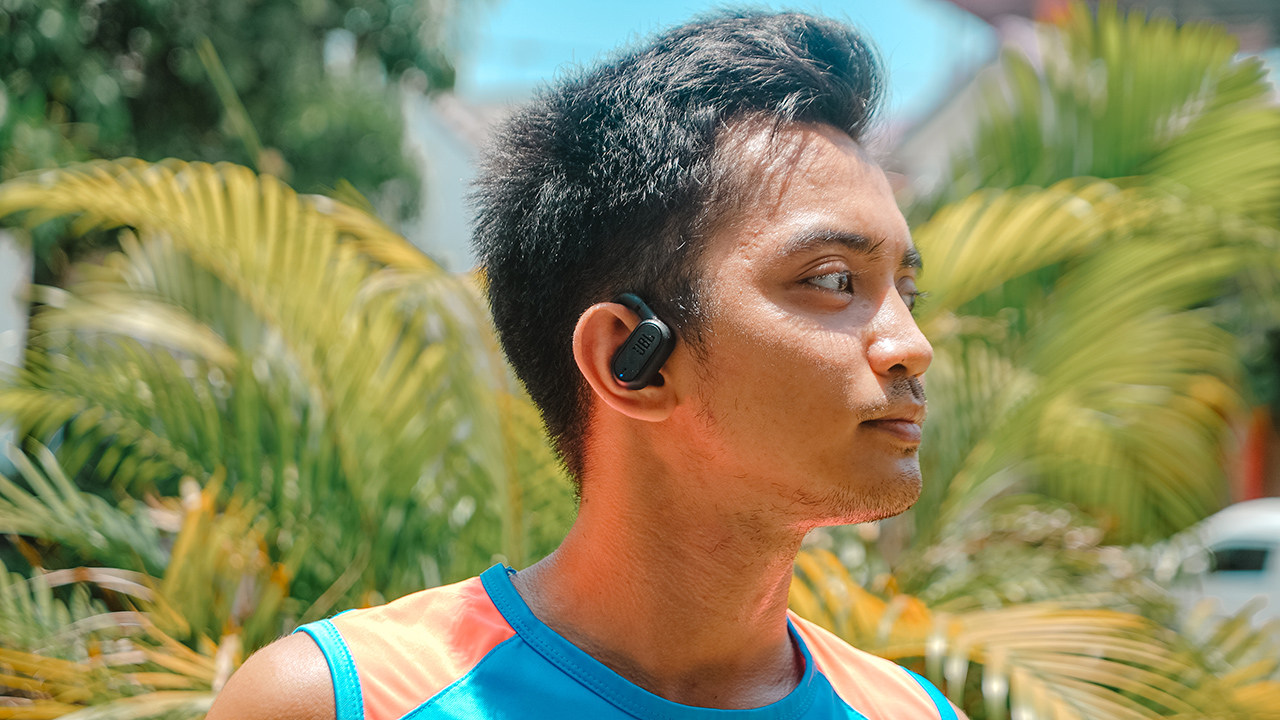
Running has been a form of meditation for most people. To some, it’s a time where your mind goes blank, allowing you to have a break from your stimulated mind.
For others, like yours truly, it’s a moment to sort out thoughts and emotions after having a preoccupied day. A common denominator between runners is doing the activity alone, accompanied only by their smartwatches, a hydration flask, and good music.
I’ve been using true wireless earbuds to accompany me on my runs, but the advent of JBL Soundgear Sense piqued my curiosity.
What is it like to use open-ear headphones when out for a run? To find the answers, I used the Soundgear Sense during my ongoing race season.
Take the long way home
As I put on mileage for my upcoming races, I have been required by my coach to add more slow runs to improve my aerobic base. That entails long, boring runs for an hour or two.
Imagine the agony of finishing a minimum of 10-kilometers by relying on your heart rate and not your pace. That was when I sought solace from the JBL Soundgear Sense.
I didn’t realize that having open-ear headphones would allow me to take on scenic and busy routes without worry that a car might hit me.
Unlike when I use true wireless earbuds that fit snugly in my ears, the Soundgear Sense are hooked and clipped on the curve of my ears without covering the ear canal.
This allowed me to hear my surroundings while still enjoying my favorite songs from Taylor Swift and BINI, a rising P-pop girl group.
Open but still private
Even if the Soundgear Sense has an open-ear design, rest assured that there’s zero sound leakage. JBL’s OpenSound technology made sure that the sound pressure is directed through waves towards the ears, while also reducing sound dispersion.
There’s a certain shame in having people find out whom you’re listening to. Maybe because you don’t intend to share the music you’re enjoying. But if you opt to share your jam, might as well have a Bluetooth speaker, right?
That’s why I liked the idea of keeping it open but still private — in relationships and my wearable. I get to enjoy “Pantropiko” and “Salamin, Salamin” by BINI all by lonesome, while still attuned to my surroundings.
It also helps that each earbud has a 16.2mm driver with a unique bass-enhancing algorithm. The sound allowed me to immerse myself in the songs I was playing, but still aware of the external noises of the streets. Somehow, the Soundgear Sense felt like a second, inner voice whispering thoughts through music.
Hybrid design for hybrid athletes
I don’t just run. I also lift on the same day right after running. Being a hybrid athlete allows me to prepare my body from the demands of multi-sports training and partaking on a Spartan race.
I like how the Soundgear Sense has a hybrid design that makes it apt for different type of workouts. Its adjustable earhooks are clipped perfectly, which doesn’t fall off even when I’m doing plyometrics. It’s also steadily in place even if I sprint and/or do some speed training.
Even when I’m heavily sweating, the Soundgear Sense didn’t slip off. With an IP54 rating, it’s dust-, splash-, and sweat-resistant.
Also, the way it’s designed is secured to fit on whatever activities you have, regardless of sweating. Except gymnastics and parkour, though.
The Soundgear Sense might fall off after you hang or flip from those extreme activities that require being suspended in the air.
For added security, there’s an included neckband inside the box. However, I hate having something dangling on my nape so I never used it.
Moreover, I couldn’t last more than an hour having it clipped even with a supposed hybrid design. It hurts my ears eventually, and I feel like someone was pinching my ears and I couldn’t do anything.
If I have runs for more than an hour, I’d opt not wearing both earbuds.
Easy connectivity
One thing I like about JBL is how easy it is to connect your wearables to your smartphones, be it an iPhone or an Android.
Once both devices are paired, flipping open the case will instantly connect the Soundgear Sense to your smartphone.
While running, I don’t have to constantly check my phone since the Soundgear Sense, along with my Garmin epix Pro (Gen 2), helps me stay connected. With just a single flick on the earbud, I can control my music, volume, and calls.
My friend, Betty, called me one time while I was out for an easy run and she barely realized I was running until I gasped for my breath when running on a steep incline. It’s convenient to have crisp and crystal-clear calls within your reach.
And to make it more convenient, the touch controls can be personalized to your liking. On the left earbud, it’s usually the volume control.
One tap and it increases the volume, while double tapping decreases it. When someone calls, you can double tap to respond or you can tap and hold to reject the call.
The right earbud uses the same call control, but it’s automatically set for playback control. You can switch earbuds depending on the gesture you prefer.
All of these customizations can be done using the My JBL Headphones app.
Definitely long lasting
I have had the Soundgear Sense for two weeks now, and both earbuds still have a half battery life from a single charge. As of writing, the left earbud still has 51% while the right earbud has 56%.
Thanks to its charging case, both earbuds keep recharging every time they’re stowed inside.
But if you’re wondering why the left earbud has a lower battery life, it’s not because I spend too much time watching adult-rated content.
A lot of times, I run with just the left earbud clipped on my ear to stay alert from my surroundings. Even with OpenSound technology, I tend to get lost in the music I’m listening to whenever I have both earbuds hooked.
Considering I’ve amassed more than 70km of running mileage for two weeks with almost 10 hours of running, the Soundgear Sense surprised me with its battery life.
I haven’t charged it since then, which made me wonder how fast it would really be, if I get to drain it down to zero and juice it back up to 100. Perhaps, stay tuned on my Instagram and TikTok accounts?
The Soundgear Sense is expected to let you listen wirelessly for up to 6 hours. You get an extended life of another 18 hours through the charging case. A quick 15-minute charge through the Type-C port gives an additional 4 hours of music.
Is this your GadgetMatch?
For an athlete, the JBL Soundgear Sense surely makes every run magical. The design and technology were innovated with runners in mind. The device integrates seamlessly to any type of active lifestyle.
It will boil down to preference, whether you enjoy an open-ear design clipped onto your ears or you’d enjoy an earbud blocking your ear canal.
As for me, I think I’ll switch and pick the Soundgear Sense to accompany me in my race season. It helps me immerse myself in good music, stay connected, while keeping me attuned to my surroundings. This ensures my safety when out for a run.
It’s easily a GadgetMatch for all types of athletes dedicated to fulfilling their training assignments. It’s also for fitness enthusiasts entering their “runnerist” era.
The JBL Soundgear Sense retails for PhP 9,499. It is available via JBL’s website and select, authorized retailers.
Reviews
realme 12+ 5G review: One month later
What is it like to spend a month with a midrange smartphone?

What is it like to spend a month with a midrange smartphone?
For someone spoiled with high-end, flagship smartphones, a watered-down experience terrifies me. I couldn’t fathom using just a midrange smartphone, even if I’m counted as a casual user.
But spending a month with the realme 12+ 5G gave me a new perspective on what midrange smartphones at 2024 can do.
Powerhouse at a fraction
A lot of times, I’ve used the realme 12+ 5G to play Mobile Legends: Bang Bang. I know, I know. It’s 2024 and I’m still playing the same old MOBA but it’s a game I know all too well that helps me de-stress after a long day.
See, I’m an athlete balancing my work and life. Sometimes, I just want to rot in bed while playing on my phone.
The realme 12+ 5G helped keep me sane thanks to its lag-free gameplay. Not once did I feel any heat or slowing down even while playing in an Ultra Graphics and Super High Frame Rate setting.
The Vapor Chamber Cooling System came into play, dissipating the heat so even if under heavy usage, the gameplay is still optimal.
Moreover, the realme 12+ 5G uses a MediaTek Dimensity 7050 chipset. When you combine this with a 12GB dynamic ram that’s expandable through your storage space, you won’t have to worry about a watered-down experience from using a midrange device.
The RAM can take up from 4GB up to 12GB to be re-allocated from the 256GB internal storage. Though, I only used 4GB since I didn’t feel the need to turn it up to the highest configuration. It’s already smooth even when multi-tasking.
It may not be as smooth as the flagship smartphones I held, but it’s enough particularly for people who just needs a smartphone they can use for their everyday lives. However, if you want a midrange device dedicated for an even more intensive gameplay, I’d suggest looking elsewhere.
Daily companion for viewing, listening
When I was on my way home from my training, I drove past a busy road in Pasig City where vendors are in the streets, bystanders are frolicking, and loafers gossip while taking space through the plastic stools they sat on spread out near the sidewalk.
What do they have in common? Smartphones. There was a realization that the Filipino masses rely on their devices to be entertained and connected.
I have a feeling that if I wasn’t a multi-passionate person with an insanely hectic schedule, I’d bury my head on a smartphone, too.
This is where having a spectacular audio-visual performance comes into play, especially for budget and midrange devices. Luckily, the realme 12+ 5G has a 120HZ Super AMOLED Display and Dual Stereo Speakers.
It’s one of the reasons why I started playing Mobile Legends: Bang Bang again when I was decompressing for the day.
Aside from doomscrolling on TikTok, I just like it when the display is fluid, vivid, and smooth while the audio can be as loud and immersive. Unlike most midrange smartphones, the audio-visual performance is always a hit or miss.
Sometimes, they have an excellent screen while the audio suffers, or vice-versa. The realme 12+ 5G just have it both.
Capture it, remember it
The realme 12+ 5G uses a 50-megapixel SonyLYT 600 OIS Portrait Camera, an 8-megapixel 112° wide-angle lens, a 2-megapixel macro sensor, and a 16-megapixel selfie camera on the front.
I used the smartphone to capture photos I send to my loved ones. From selfies, coffee runs, hotel visits, group photos, food shots, and just anything and everything in my life.
The quality for low-light shots is a hit or miss, but for photos taken during daytime and with good lighting? It’s just spectacular.
Here are some sample photos to look at:
Portraits & Selfies
Food
Sceneries
Everyday photos
Real on reliability
The realme 12+ 5G’s battery capacity is just *chef’s kiss*.
Its ability to retain its battery life even on standby is just incredibly helpful for someone who keeps forgetting to charge his devices.
The realme 12+ 5G lasts long enough when out for the day, and even if you spend a lot of hours playing games and doomscrolling.
One time, I played Mobile Legends: Bang Bang for three hours straight from a full charge, and I still had enough juice to keep playing. That 5000mAh battery surely is a lot of juice that doesn’t drain easily. I had to be the one to give up playing since it hurt my eyes already.
Charging it with 67W SuperVOOC, the realme 12+ 5G gets full charge in less than an hour. This is why even if I forget to charge it at night, I just have to plug the charger in the USB-C port while I was taking a bath and prepping for work.
Could’ve been a real premium
Aside from its performance and capabilities, the realme 12+ 5G comes with a strong and beautiful exterior. The unit I have came in Pioneer Green, resembling an emerald-touch of old money.
Without a plastic case, it’s soft, feels luxurious, and easy to hold even with a boxy frame. At a glance, it’s even more beautiful with its luxury watch-inspired design, thanks to designer Ollivier Savéo.
For a midrange device, realme has a knack for making its devices look and feel sophisticated. Furthermore, it’s dust and splash proof with its IP54 rating. It’s a win-win, right? Strong and pretty at the same time.
My only issue would be the realme UI 5.0 based on Android 14 that’s packed with bloatware. Look- and feel-wise, the realme 12+ 5G would be a premium stunner, even with its camera, audio-visual, and battery performance.
But the UI design along with the unnecessary bloatware made it cheap and annoying to look at.
Is this your GadgetMatch?
The realme 12+ 5G delivers what you’d expect out of a midrange smartphone. It’s premium-looking, long-lasting, offers reliable performance, and captures vivid portraits and pictures.
It’s easily a GadgetMatch for casual users requiring enough power and juice on a device that looks pretty and strong. If the realme 12 Pro+ 5G is a midrange marvel, consider the realme 12+ 5G almost the same, but at a lesser cost.
It retails for PhP 19,999 for the 12GB+256GB variant, while the 8GB+256GB unit is priced at PhP 17,999.
-

 Accessories2 weeks ago
Accessories2 weeks agoApple Vision Pro Review: Two Months Later
-

 Features5 days ago
Features5 days agoFortify your home office or business setup with these devices
-

 Gaming1 week ago
Gaming1 week agoThe Rogue Prince of Persia looks like an ultra-colorful roguelite
-

 Philippines2 weeks ago
Philippines2 weeks agovivo Y100 to release in Philippines on April 27
-

 Gaming1 week ago
Gaming1 week agoStar Wars Outlaws release date revealed
-

 Events1 week ago
Events1 week agoStellar Blade: PlayStation taps cosplayers to play Eve for game’s launch
-

 Accessories1 week ago
Accessories1 week agoLogitech unveils G Pro X 60 gaming keyboard: Price, details
-

 Deals2 weeks ago
Deals2 weeks agoSamsung Awesome April: Deals on Galaxy A series



